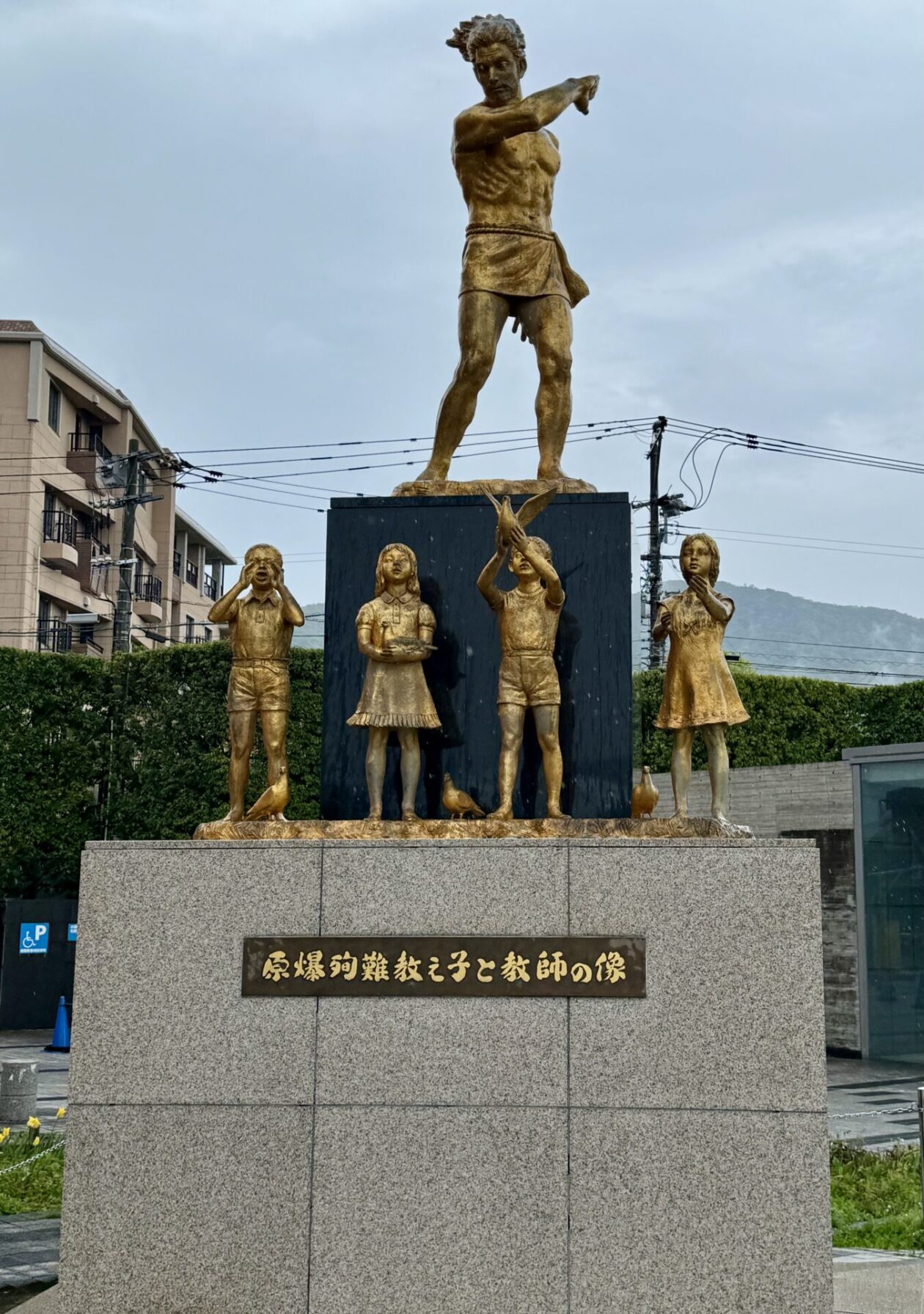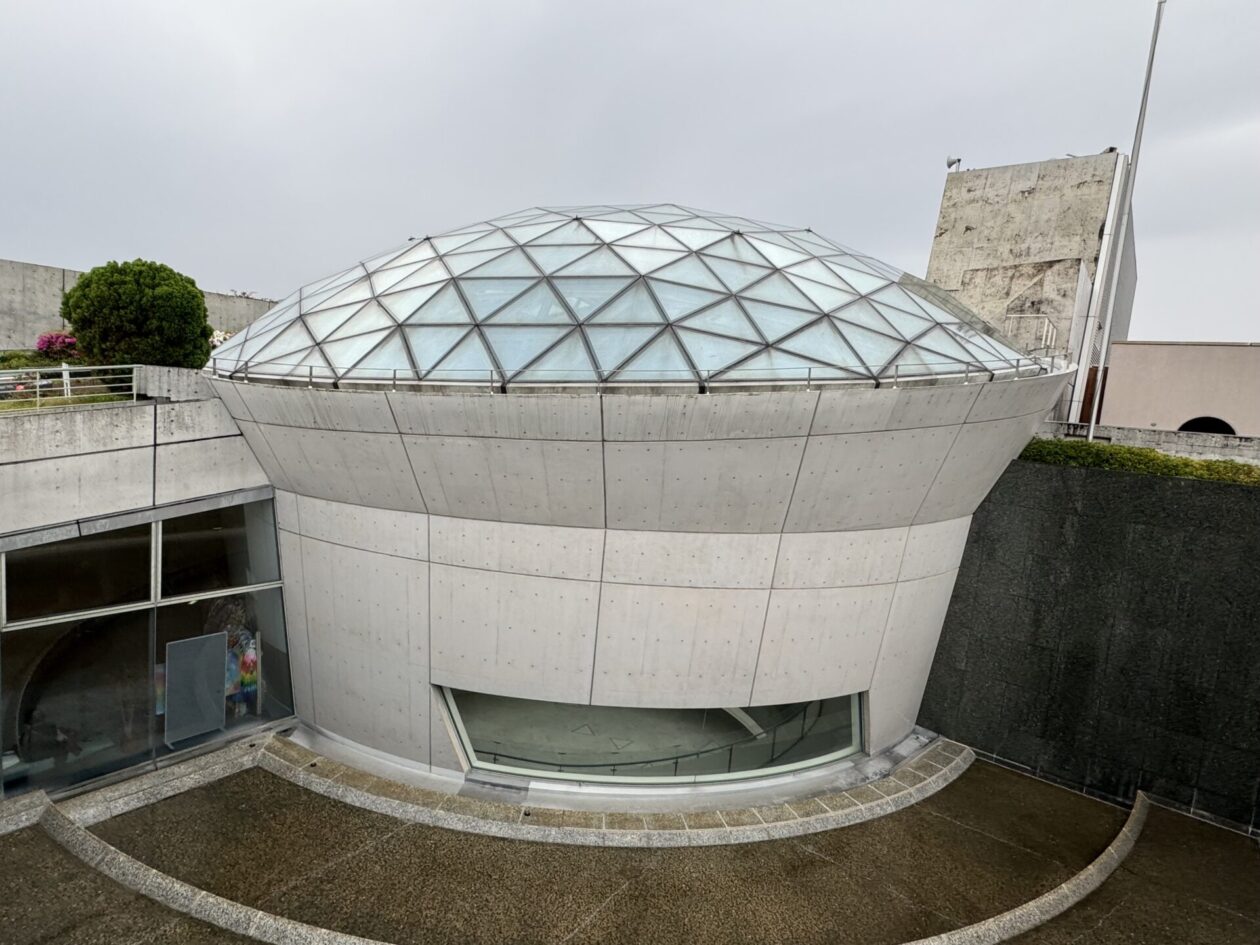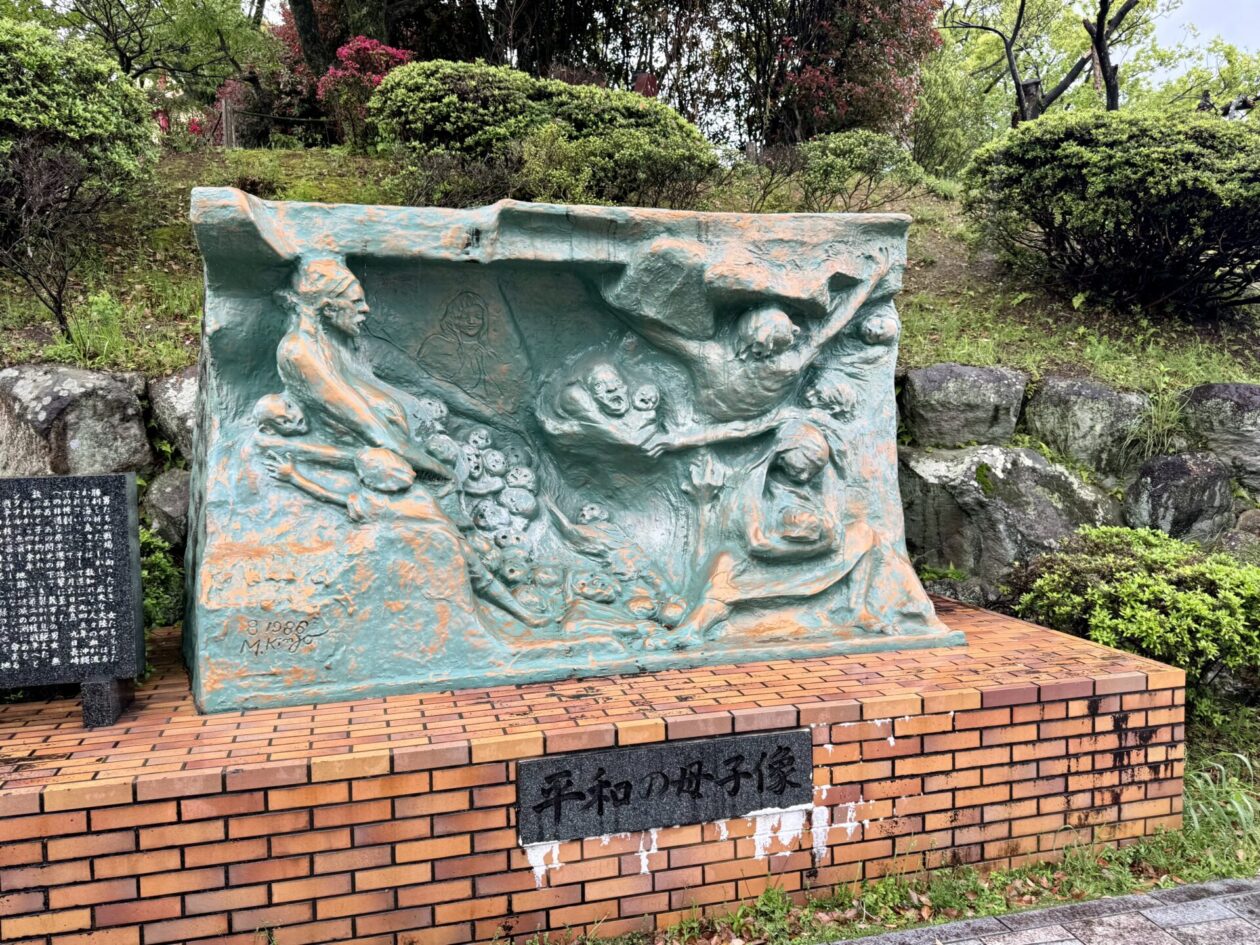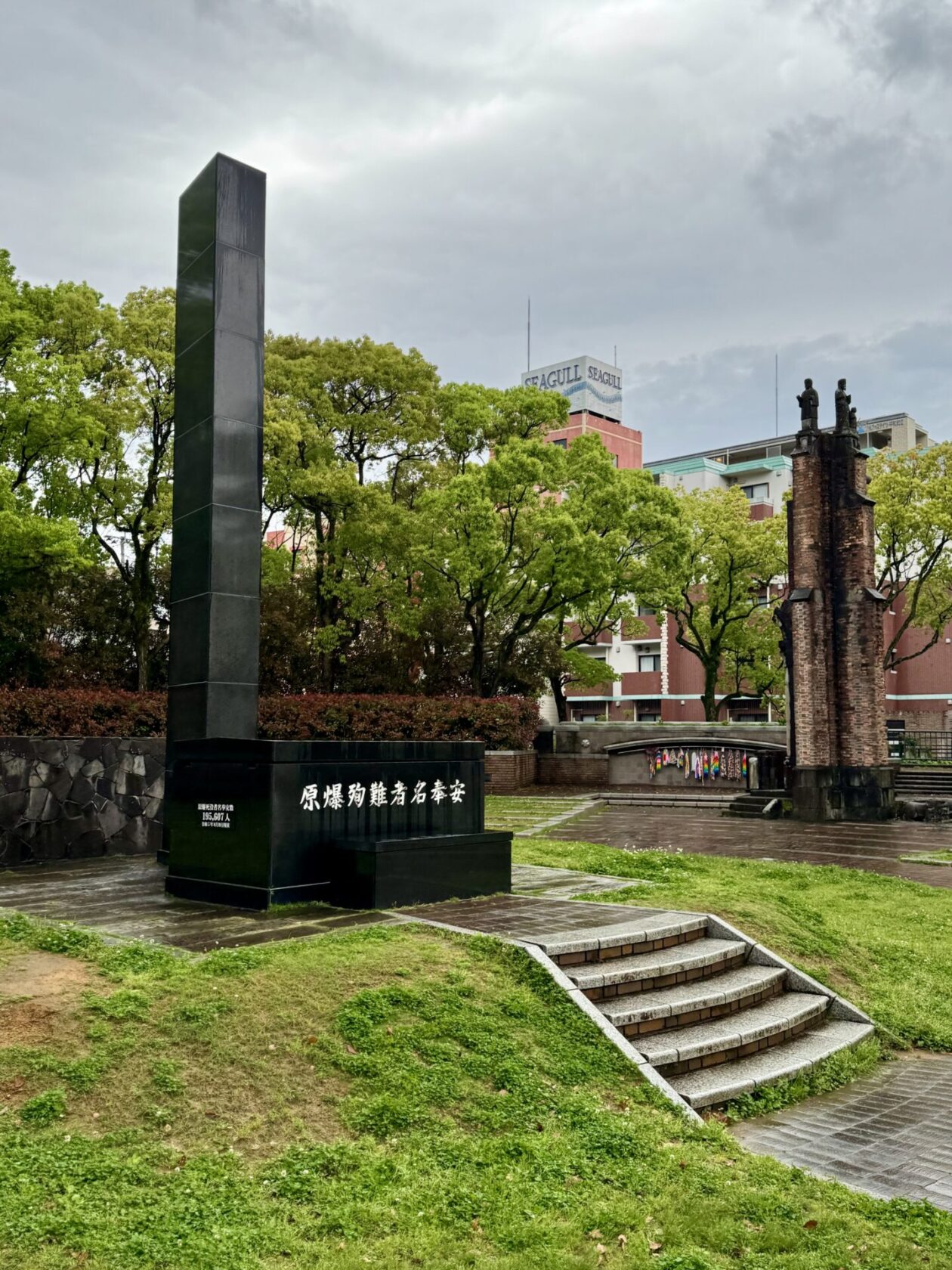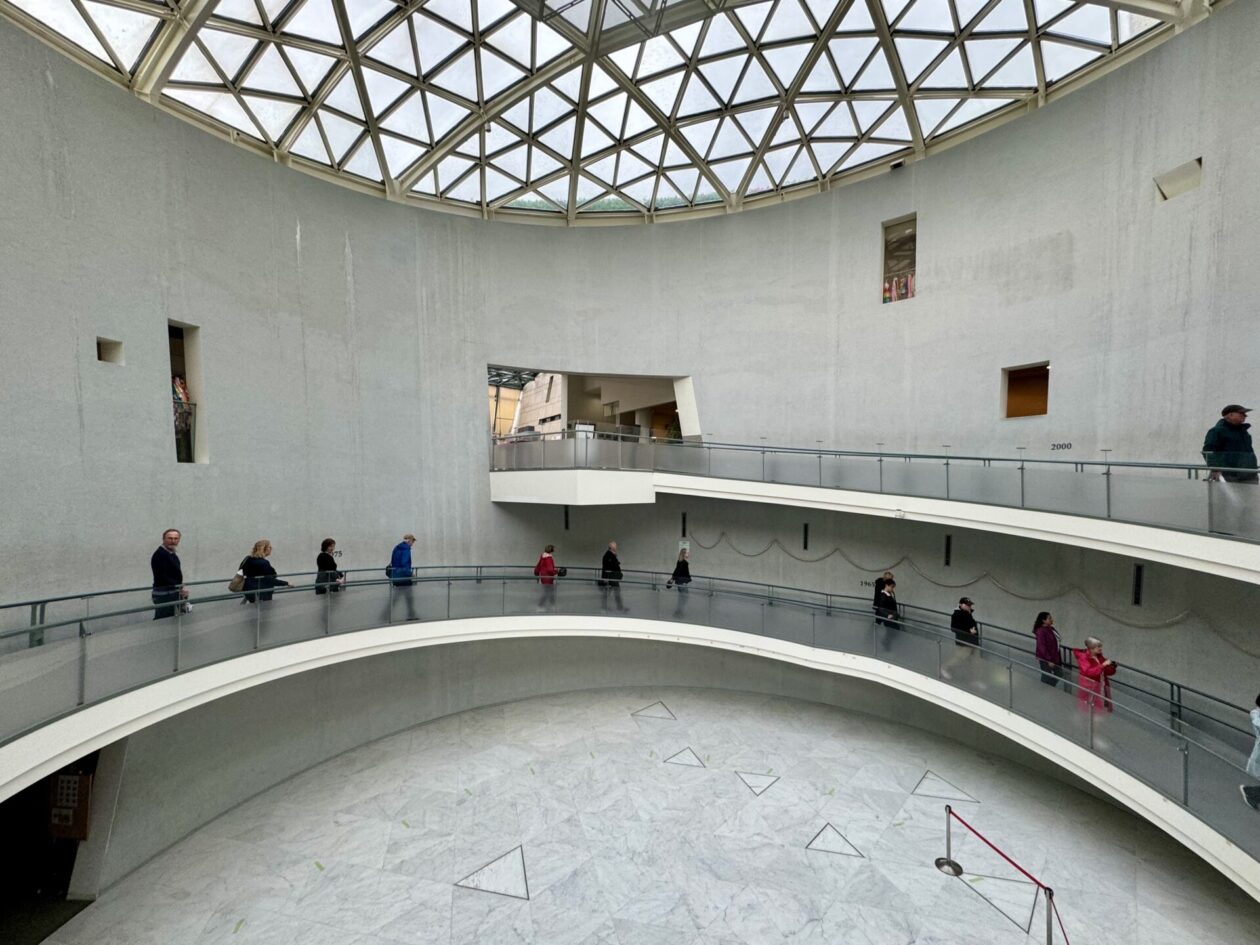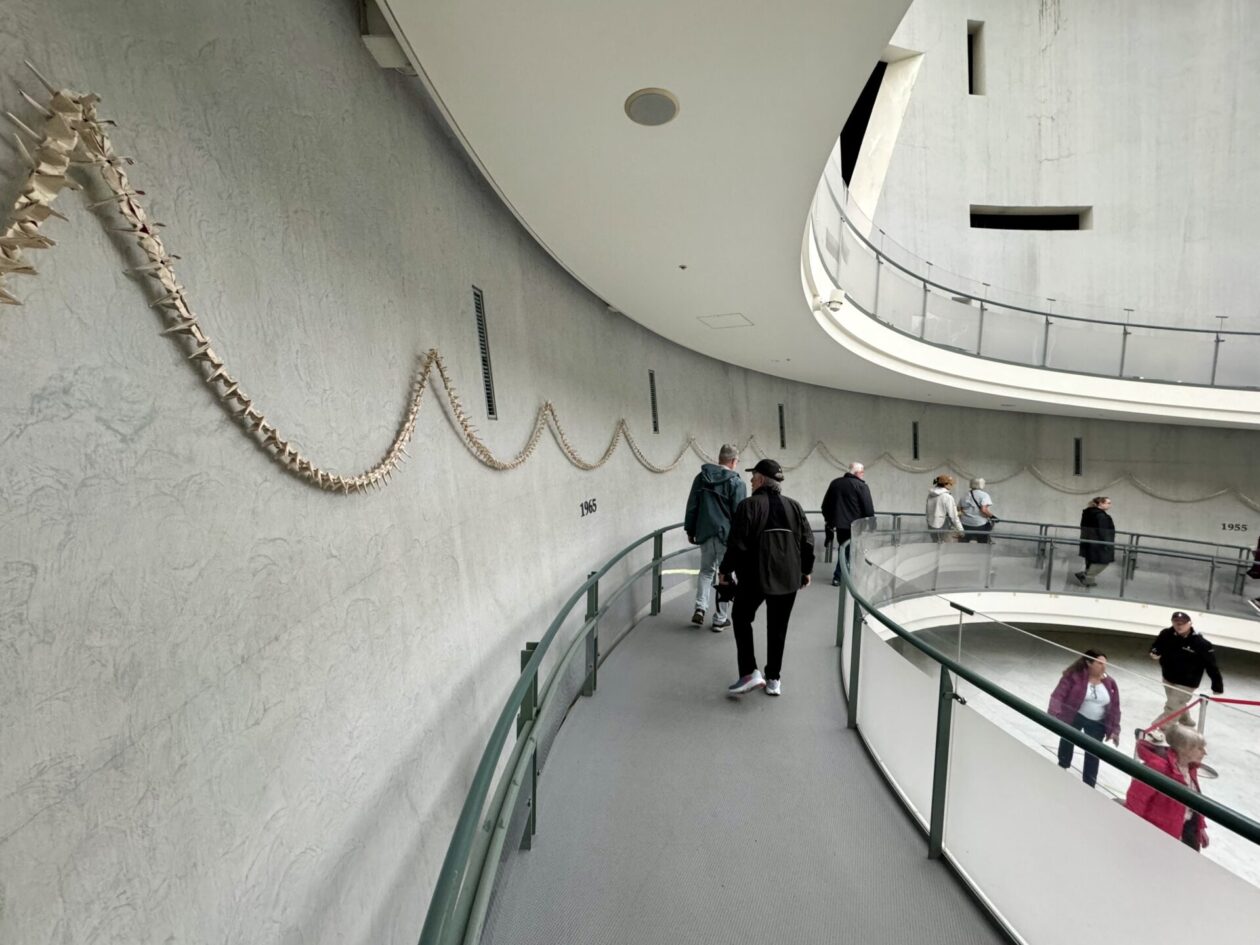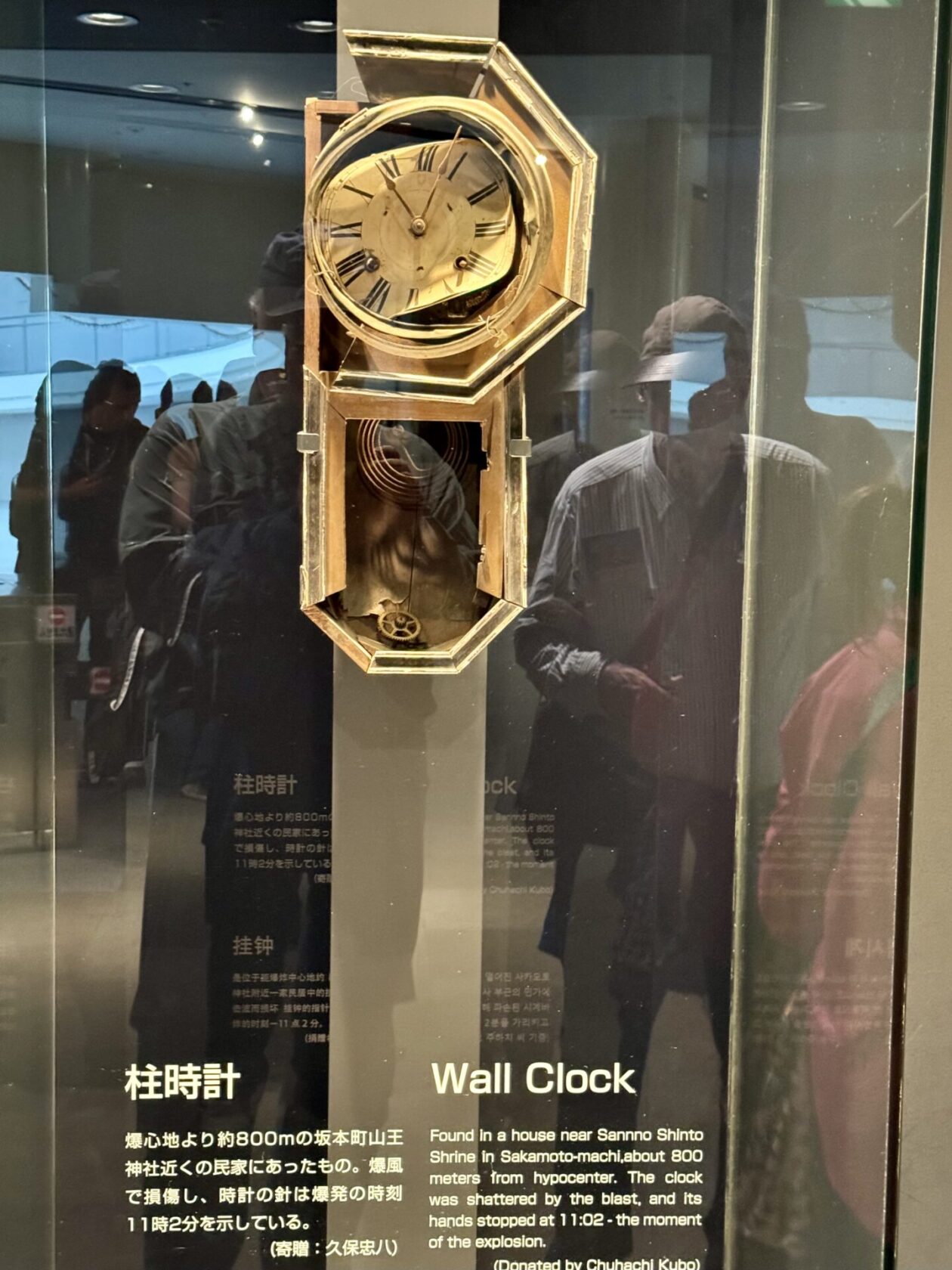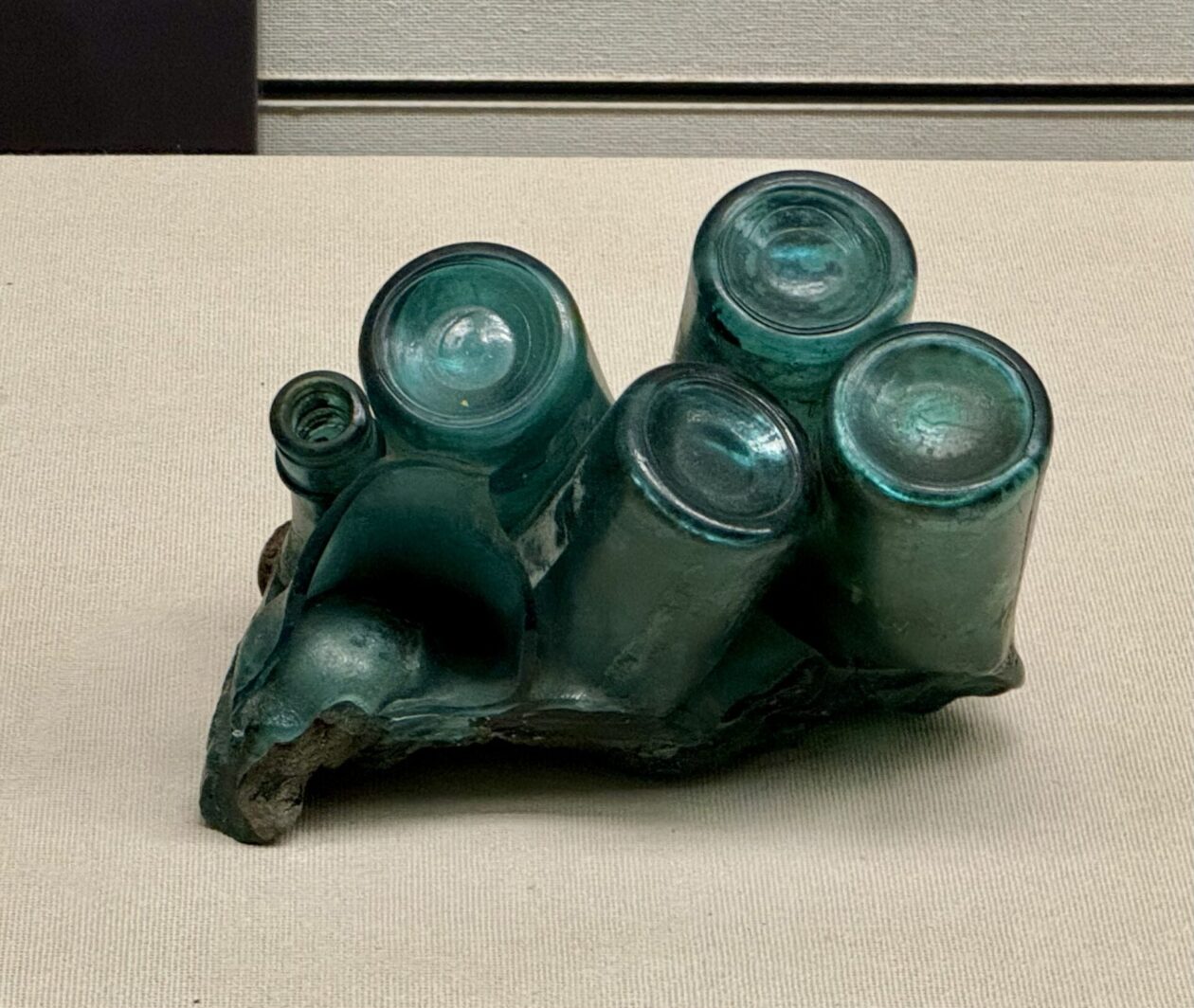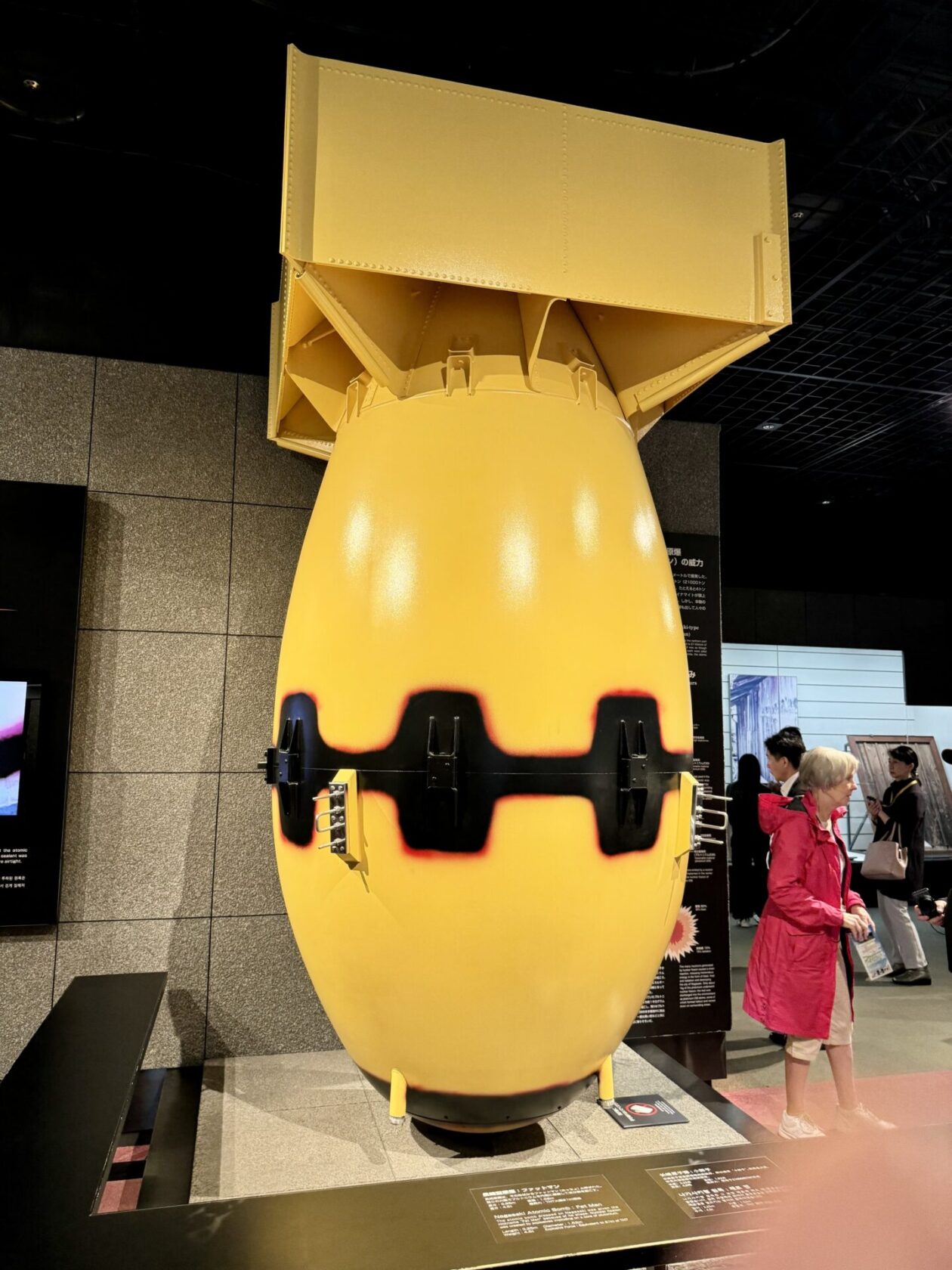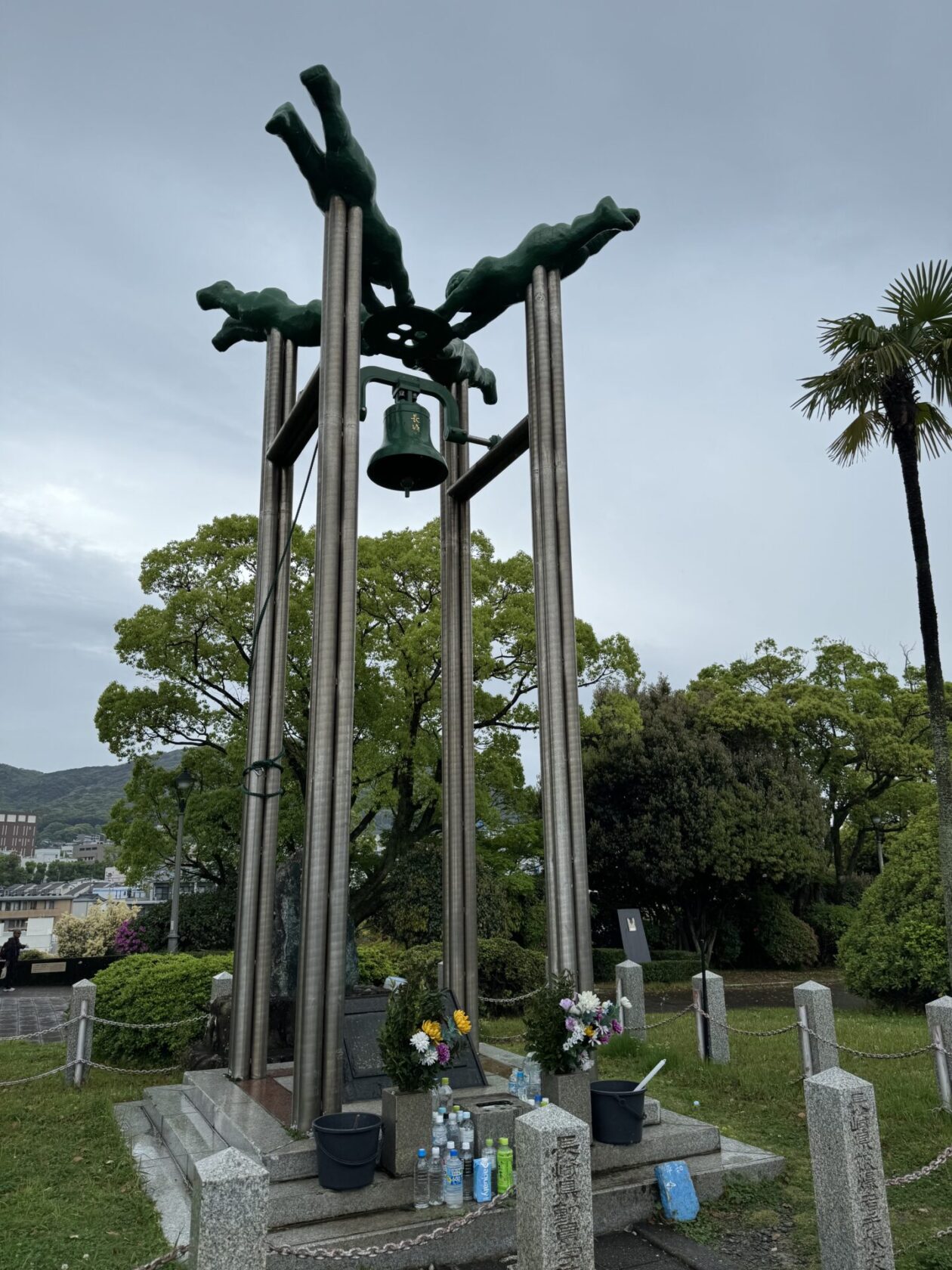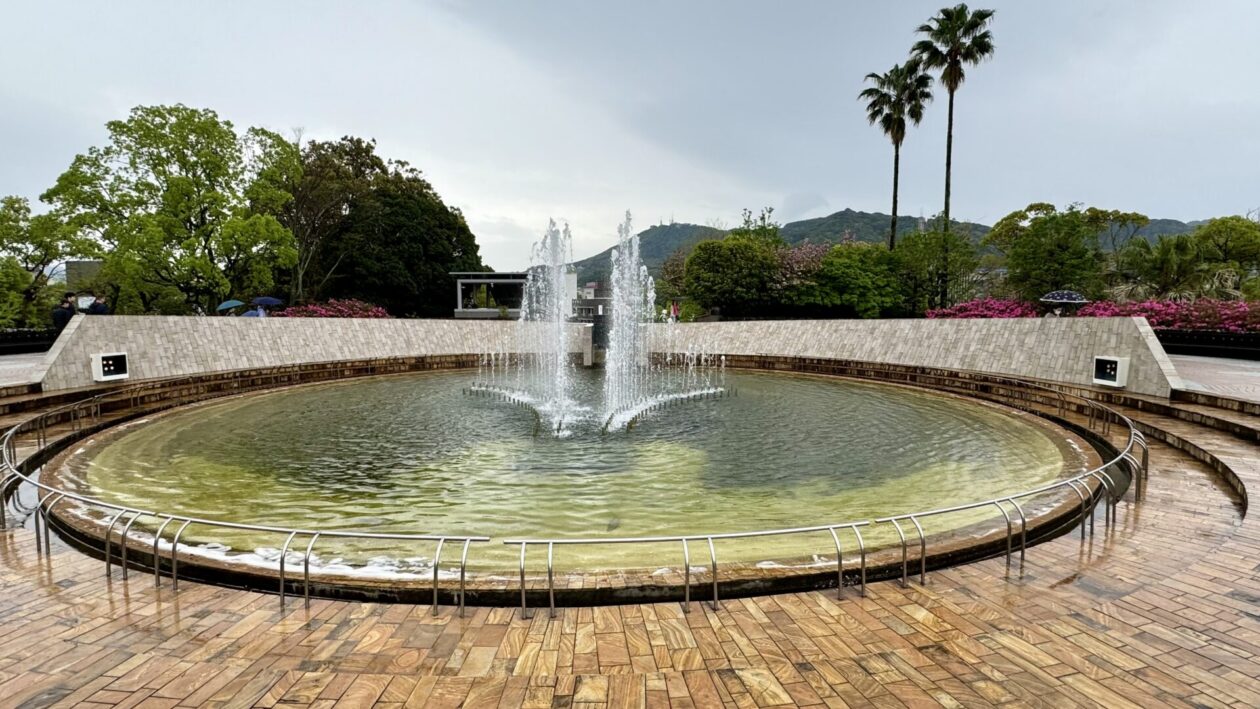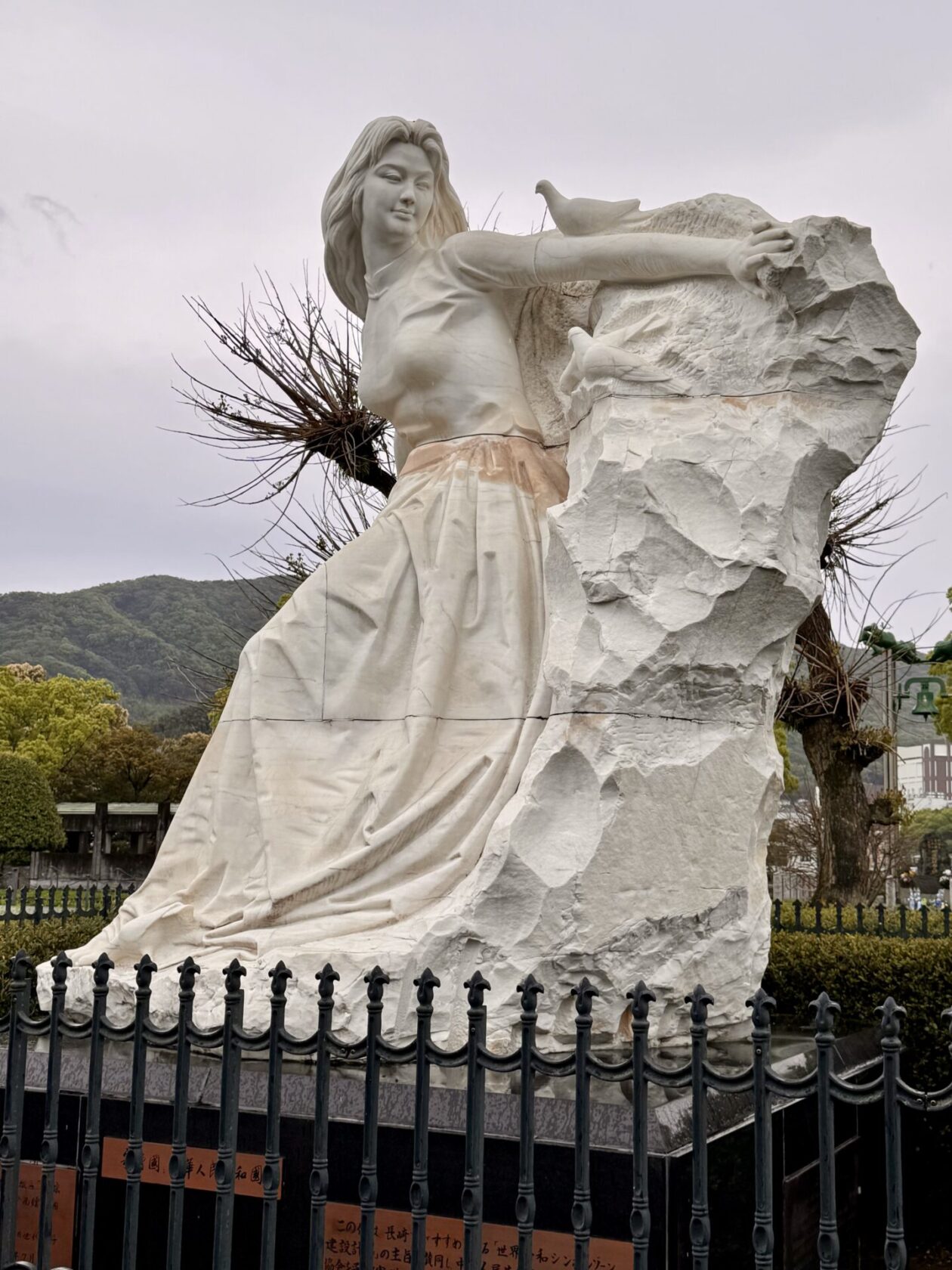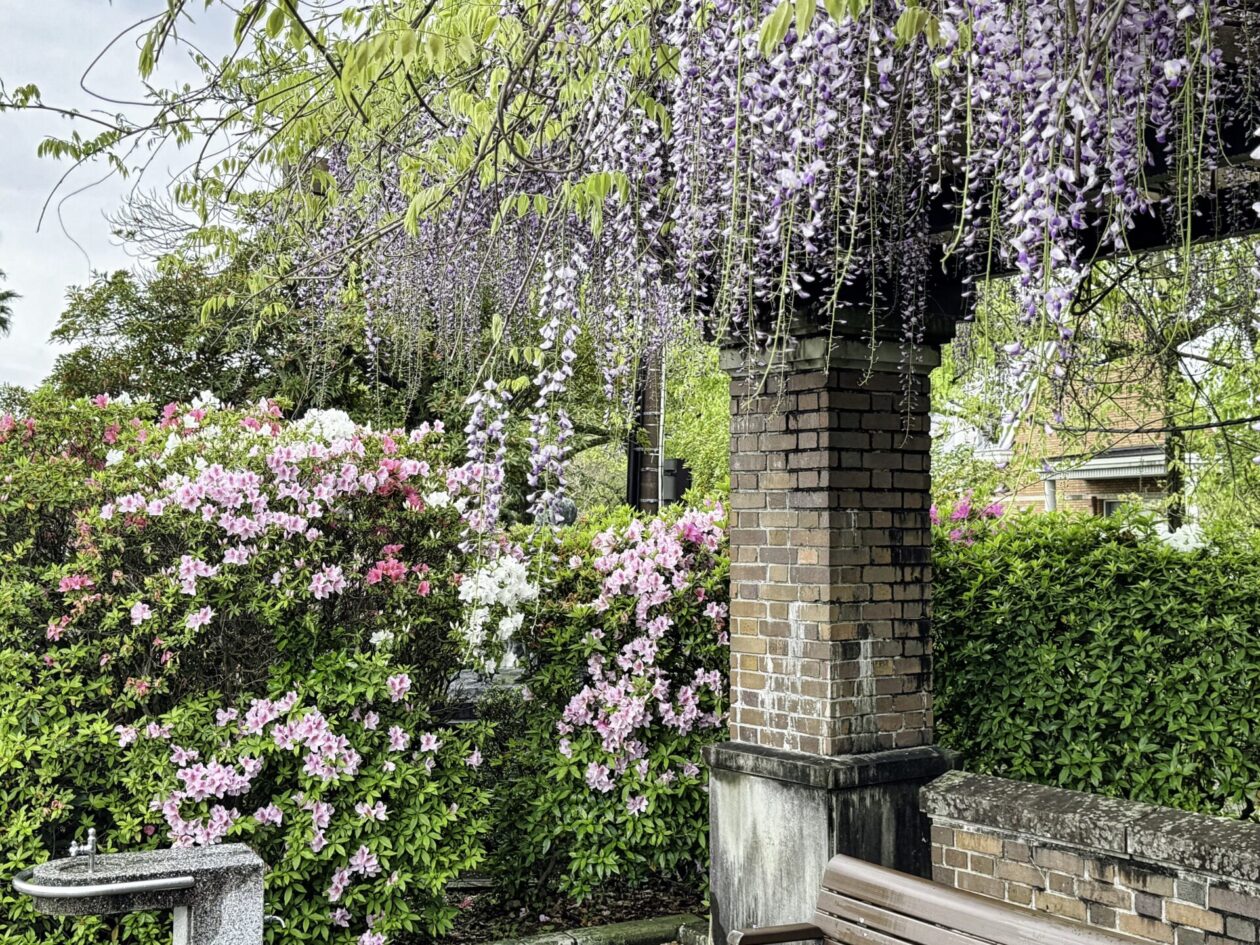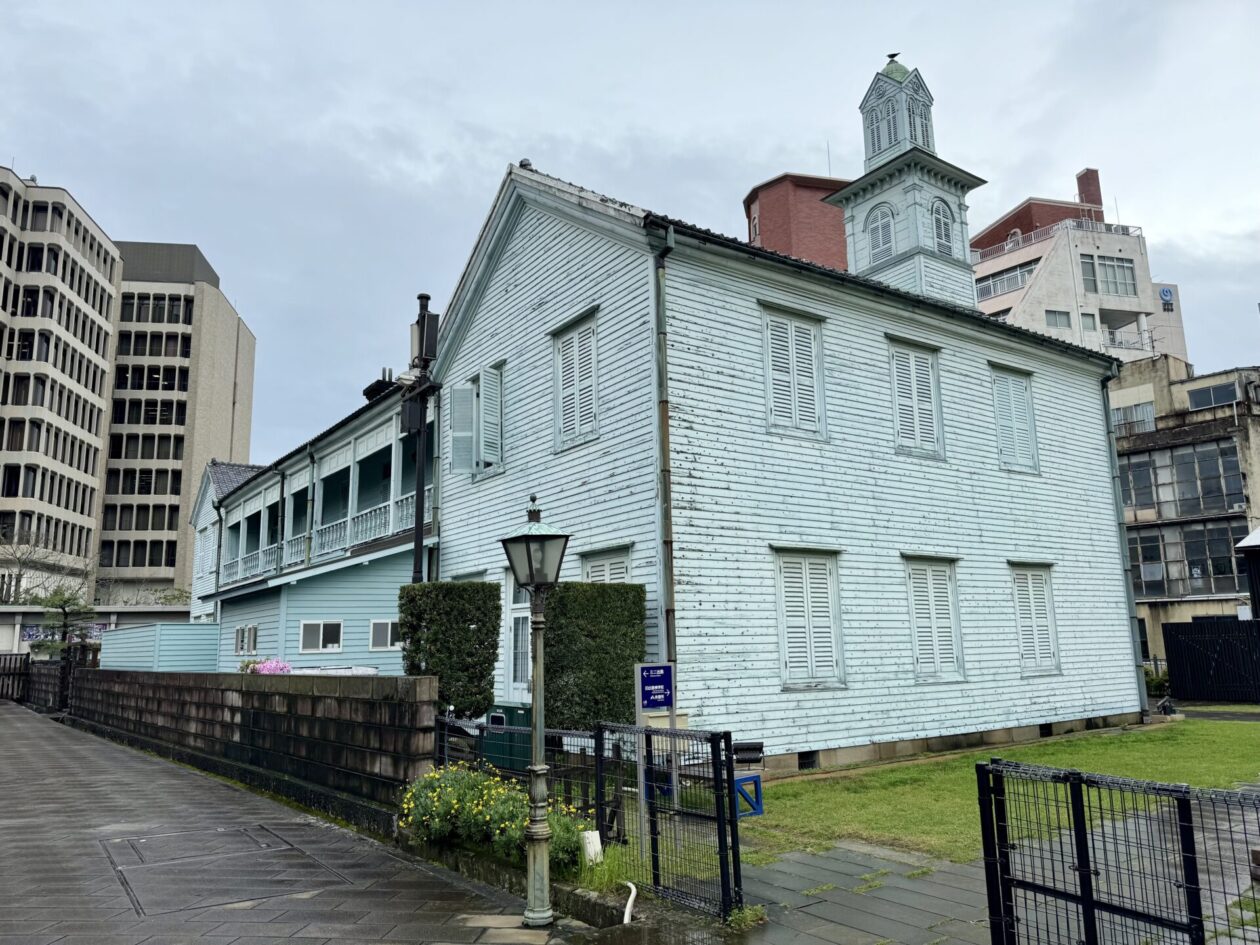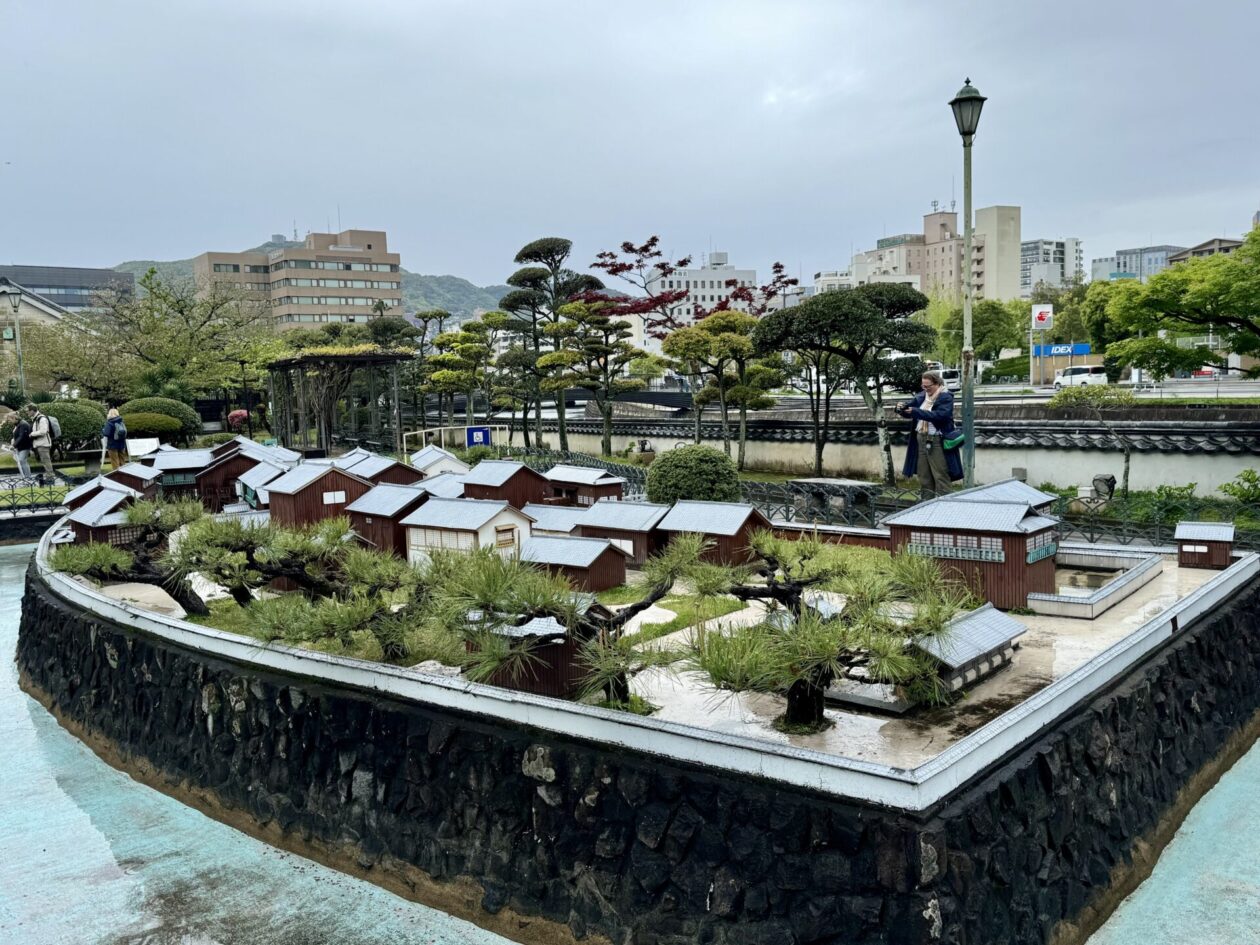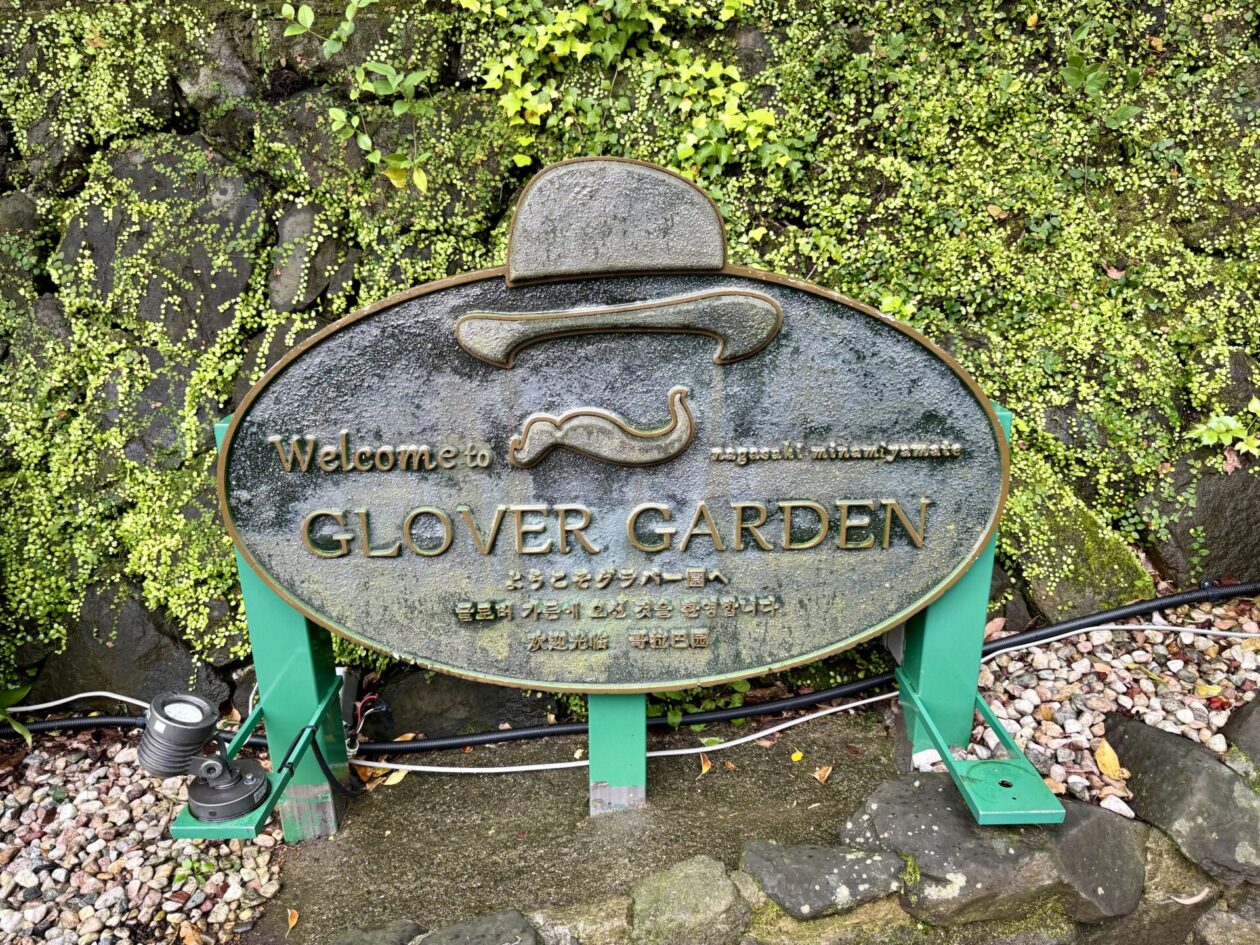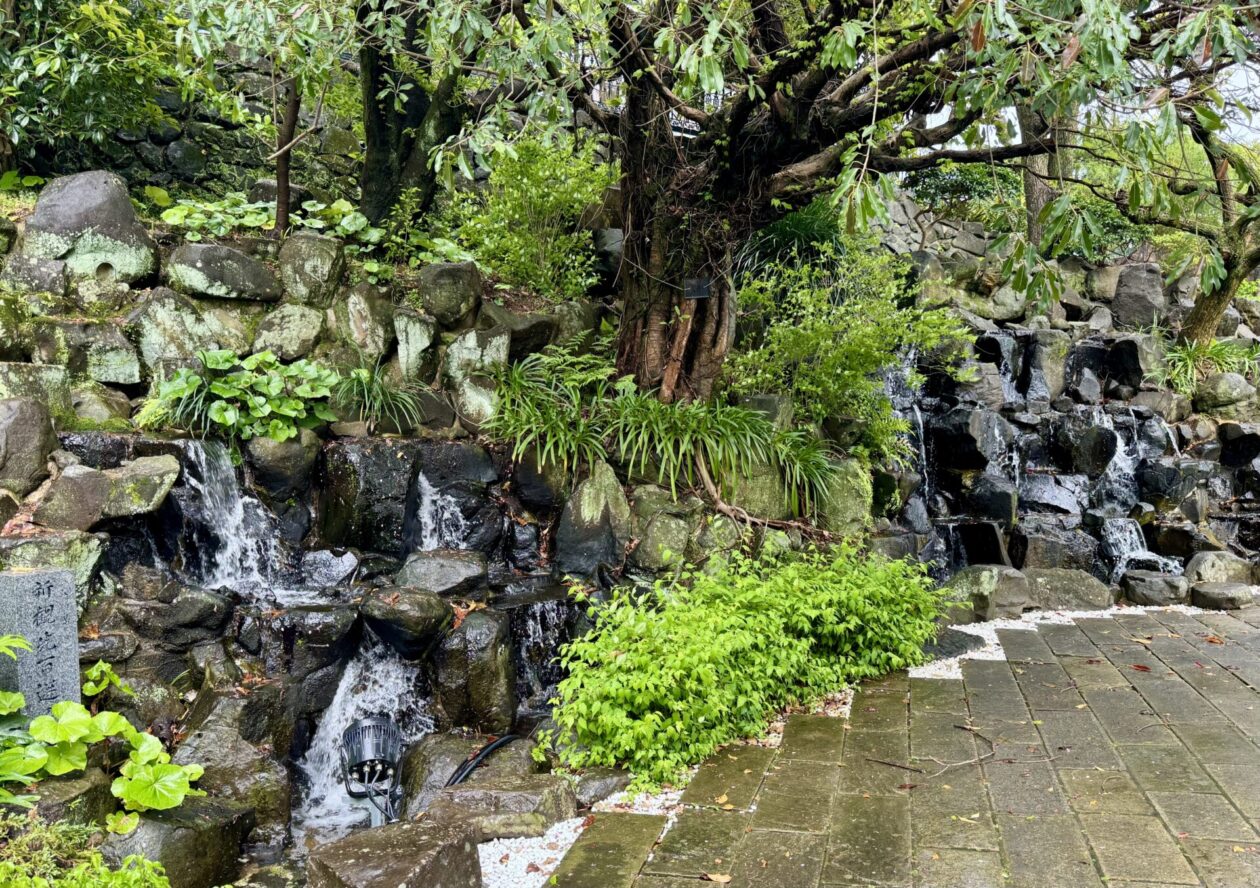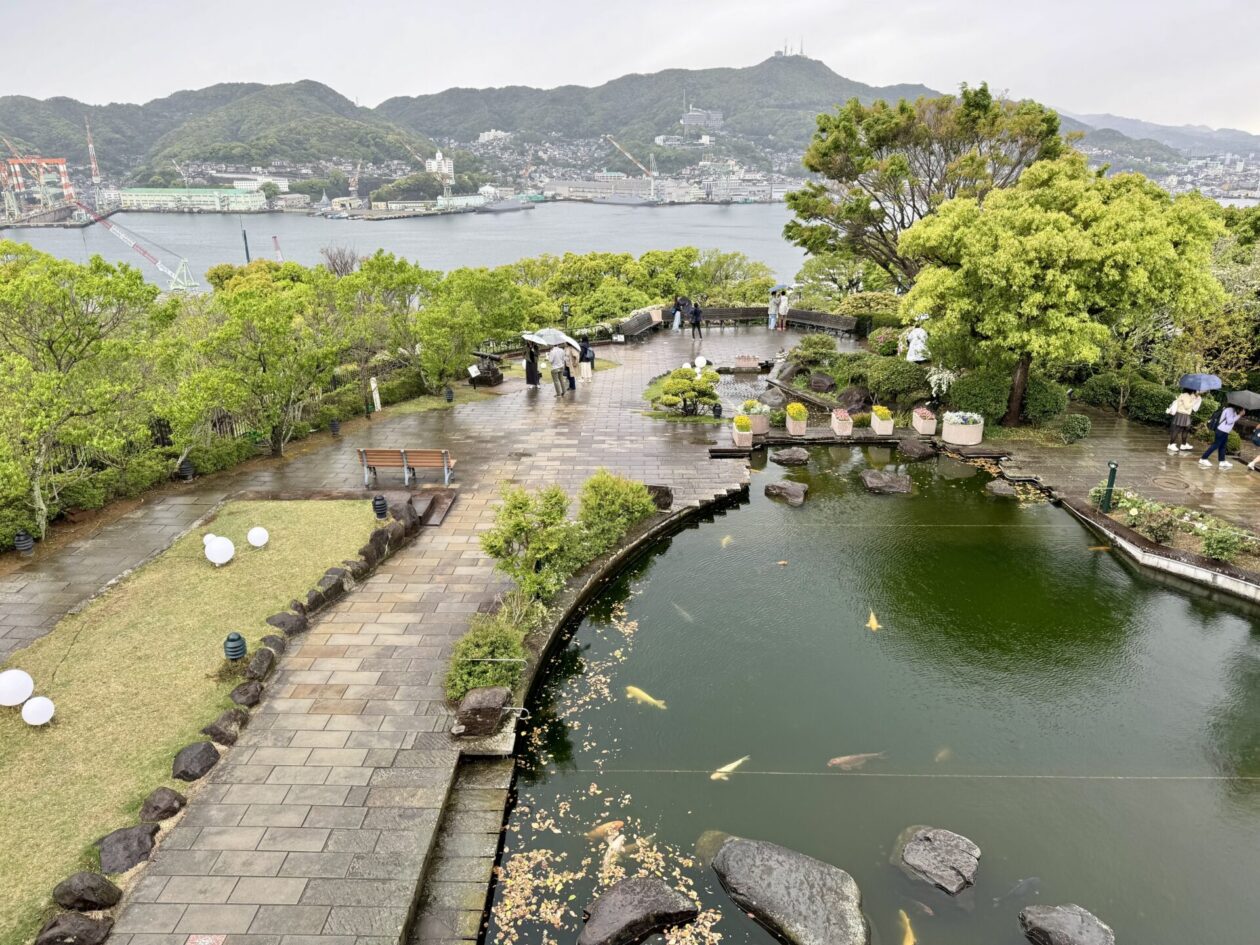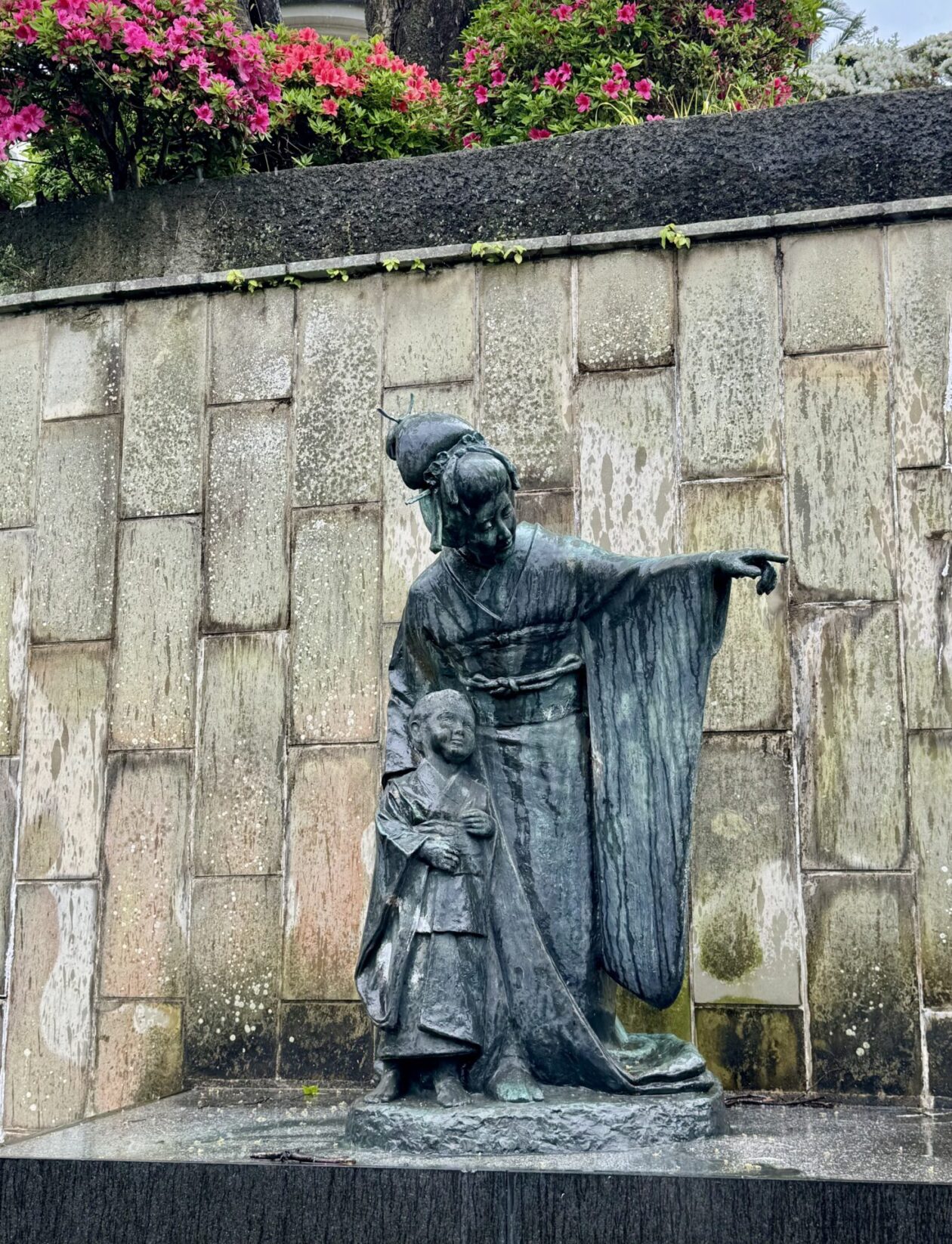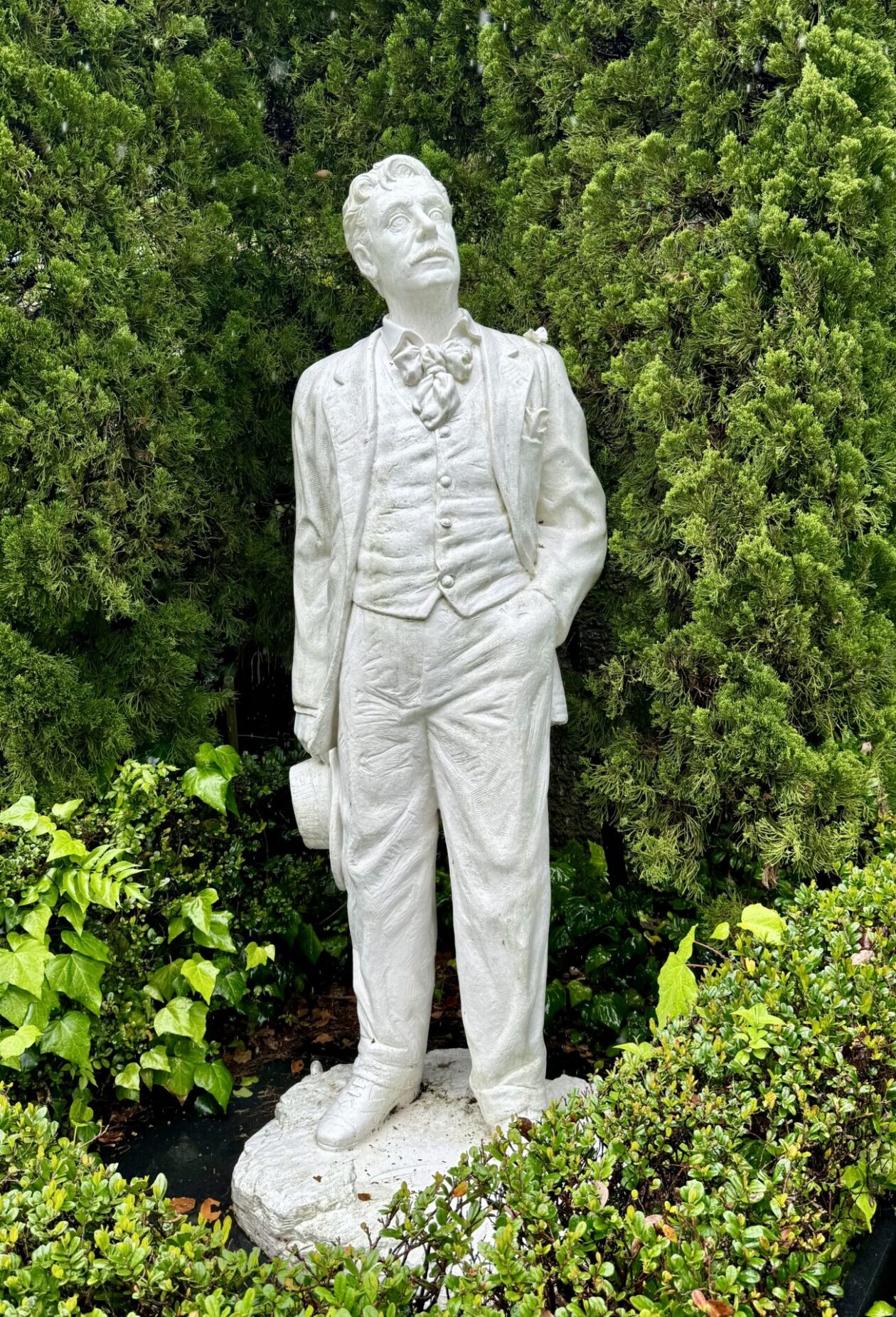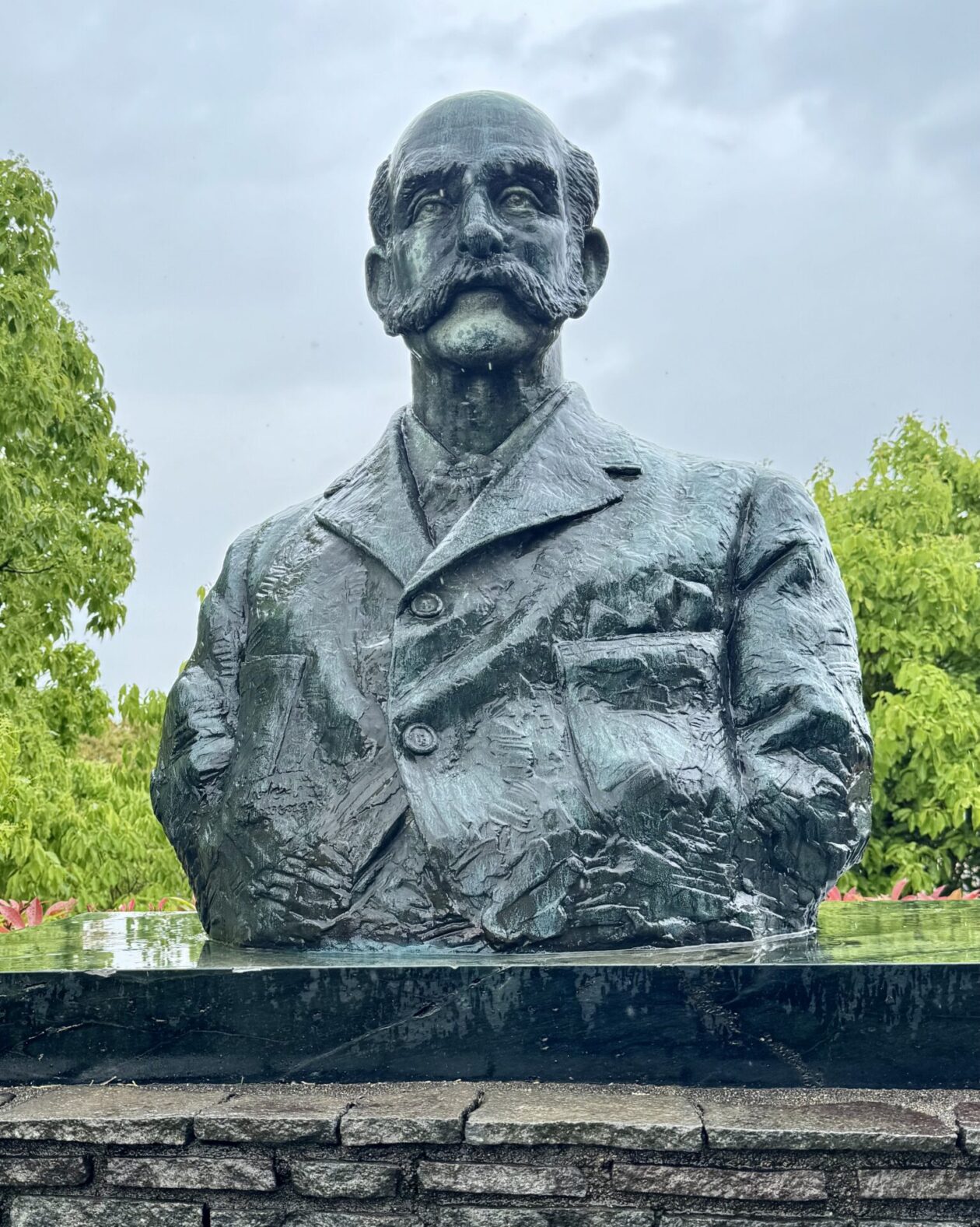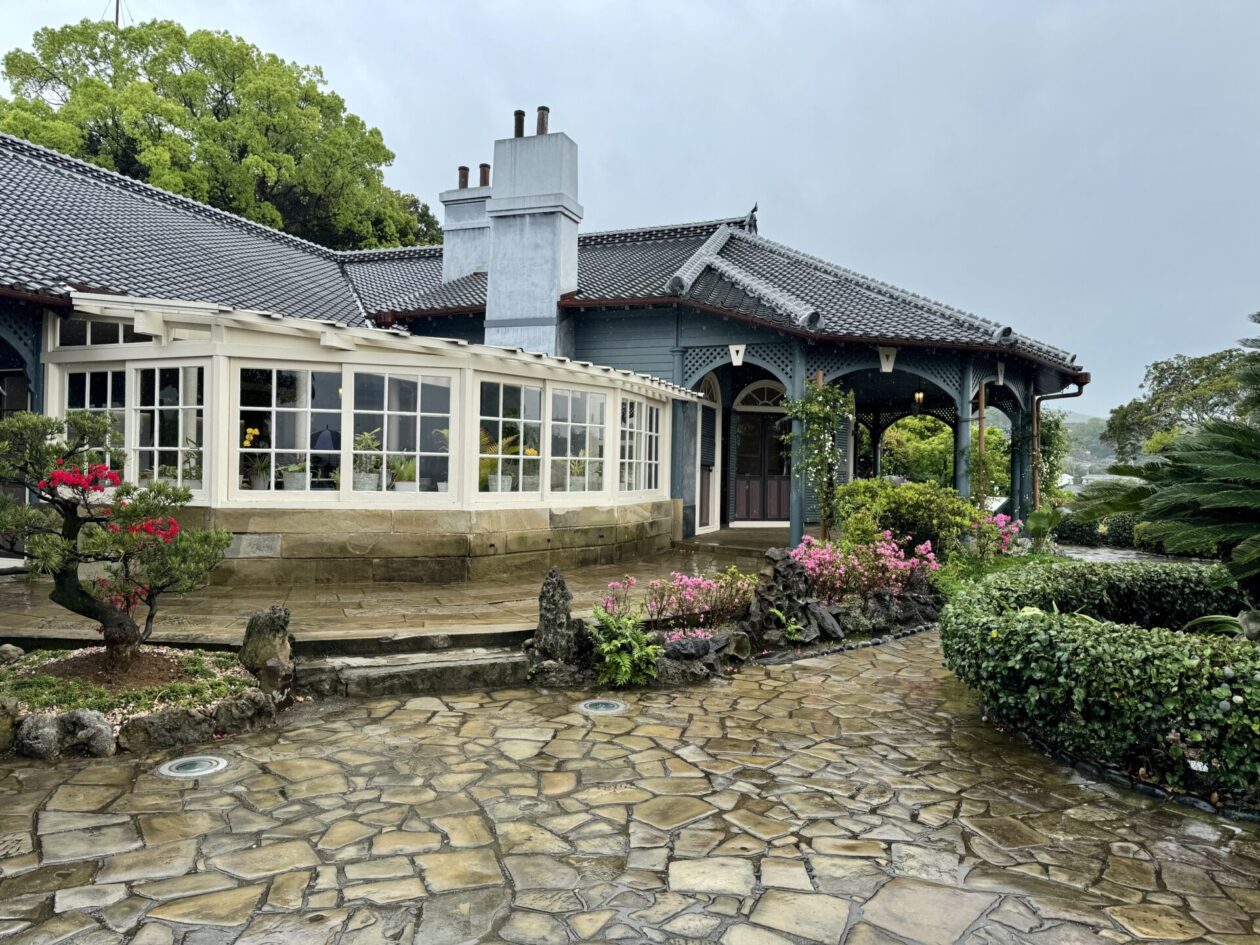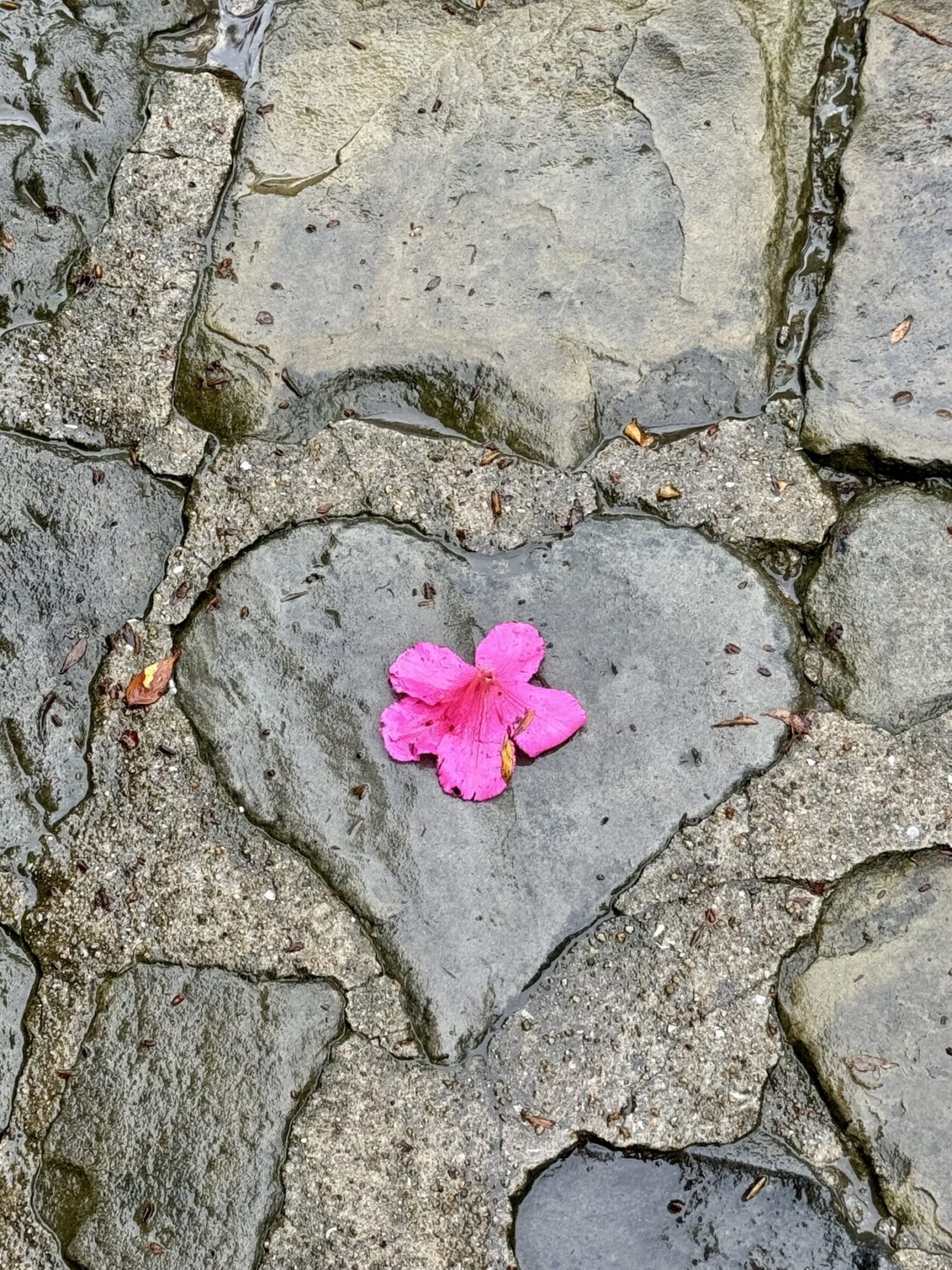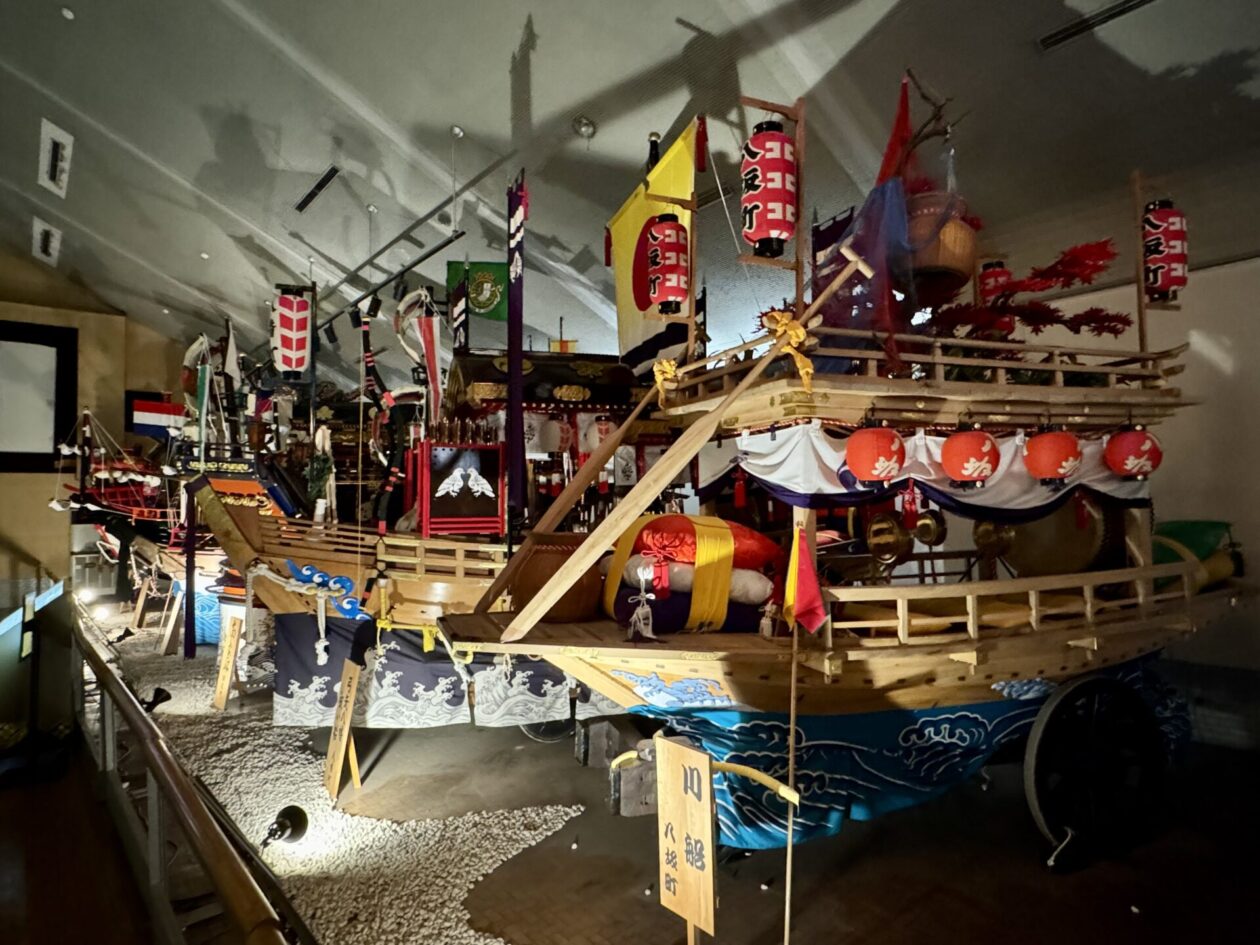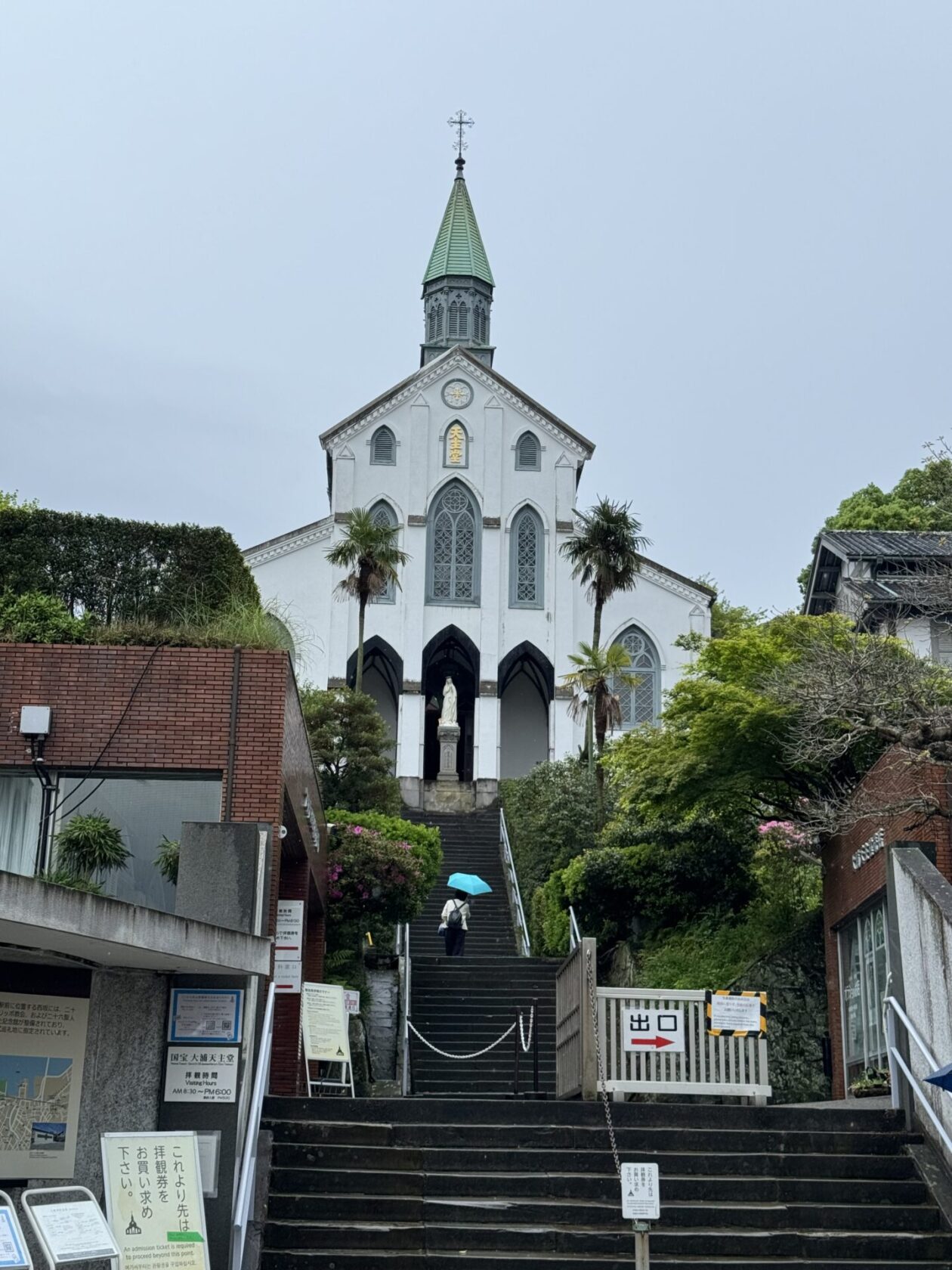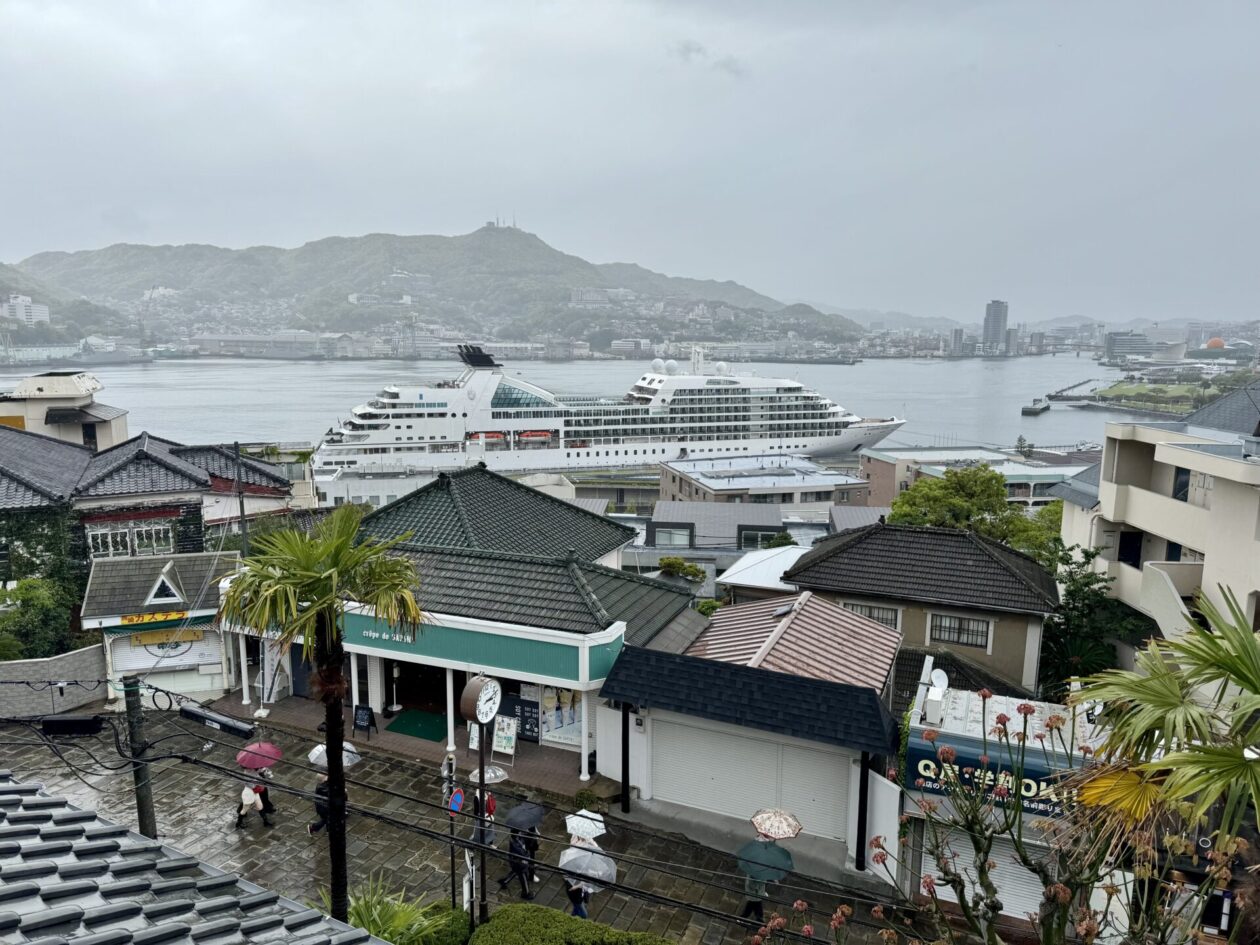- Northern Pacific Wanderings 2024 — here we go!
- Enjoying a few days in Hong Kong
- A day in Kaohsiung and Tainan, Taiwan
- A quick trip to the Penghu Islands
- Two Days in Taipei, Taiwan
- Naha, Okinawa
- Two days in Beijing
- Two days in Incheon and Seoul, South Korea
- Jeju Island, Korea
- Busan, Korea in a day!
- Nagasaki, Japan
- Arita, Japan
- Miyajima and Hiroshima, Japan
- Kyoto’s Bamboo Forest and Rock Garden
- Matsushima, Japan
- Hakadote, Japan
- Kushiro, Japan
- Dutch Harbor….er, Unalaska, Alaska
- Kodiak, AK
- Homer, AK
- Glacier Bay National Park and Preserve, AK
- Sitka, AK
- Klawock and Craig, AK
- A Nanaimo, BC, Canada drive by
- Vancouver BC, end of trip, and final thoughts
After visiting Busan, South Korea, the remaining Asian parts of our cruise will all be in three of the four islands of Japan. Today, we started by visiting Nagasaki, Japan on the island of Kyushu. Nagasaki is both the capital and largest city of Nagasaki Prefecture and was founded by the Portuguese in the mid-1500s. Because of its location and sheltered harbor, Nagasaki became the sole port used for trade with the Portuguese and. Dutch during the 16th through 19th centuries. Of course, that made it a natural area for manufacturing and a number of heavy industries that operated there, including ship building and weapons manufacture that would ultimately make Nagasaki an attractive target during World War II. Even after the war and the rebuilding that followed, manufacture and trade have continued to be the bedrock of Nagasaki’s economy. We probed each of these elements as we toured the city.
The first stop was to Ground Zero (or the Hypocenter), the Nagasaki Atomic Bomb Museum, and Peace Park. It turns out that Nagasaki was bombed as the secondary target on the bombing run; the primary target, Kokura, was covered in smoke from a previous night’s fire bombing. Of course, this was the second of two atomic bombings — the first being in Hiroshima three days earlier. The bombing was an air burst with the detonation occurring 1800 feet above ground to inflict maximum destruction, but leave relatively little longer term radiation contamination on the ground. Instantly, over 10% of the city’s population were killed. Walking around the area of Ground Zero at the Hypocenter Park was sobering, but a number of memorial statues and a corner of the Urakami Cathedral brought a sense of humanity and tranquility to an otherwise hellish landscape. Both the nearby river and water features provide a reminder of the large number of victims who were horribly burned and asked for water for a thirst that would not be quenched. We then went up the hill to the museum that opened in 1996 as part of the 50th anniversary of the Nagasaki bombing. Much of the museum is underground and you end up going down a large spiral ramp that takes you back in time. In addition to artifacts from the bombing itself, the museum tries to help people understand the impact on the lives of those who survived or died after several years from things like leukemia. What is interesting when comparing Nagasaki’s and Hiroshima’s response to the bombing is that Nagasaki chose to move on, tearing down many of the ruins and focusing their energies in ensuring this type of attack would never occur again. Hiroshima, on the other hand, decided to keep many of the ruins and continue to challenge the necessity for the bombing and the response after the fact. Our guide described this dichotomy as “Hiroshima is mad and Nagasaki is praying.”
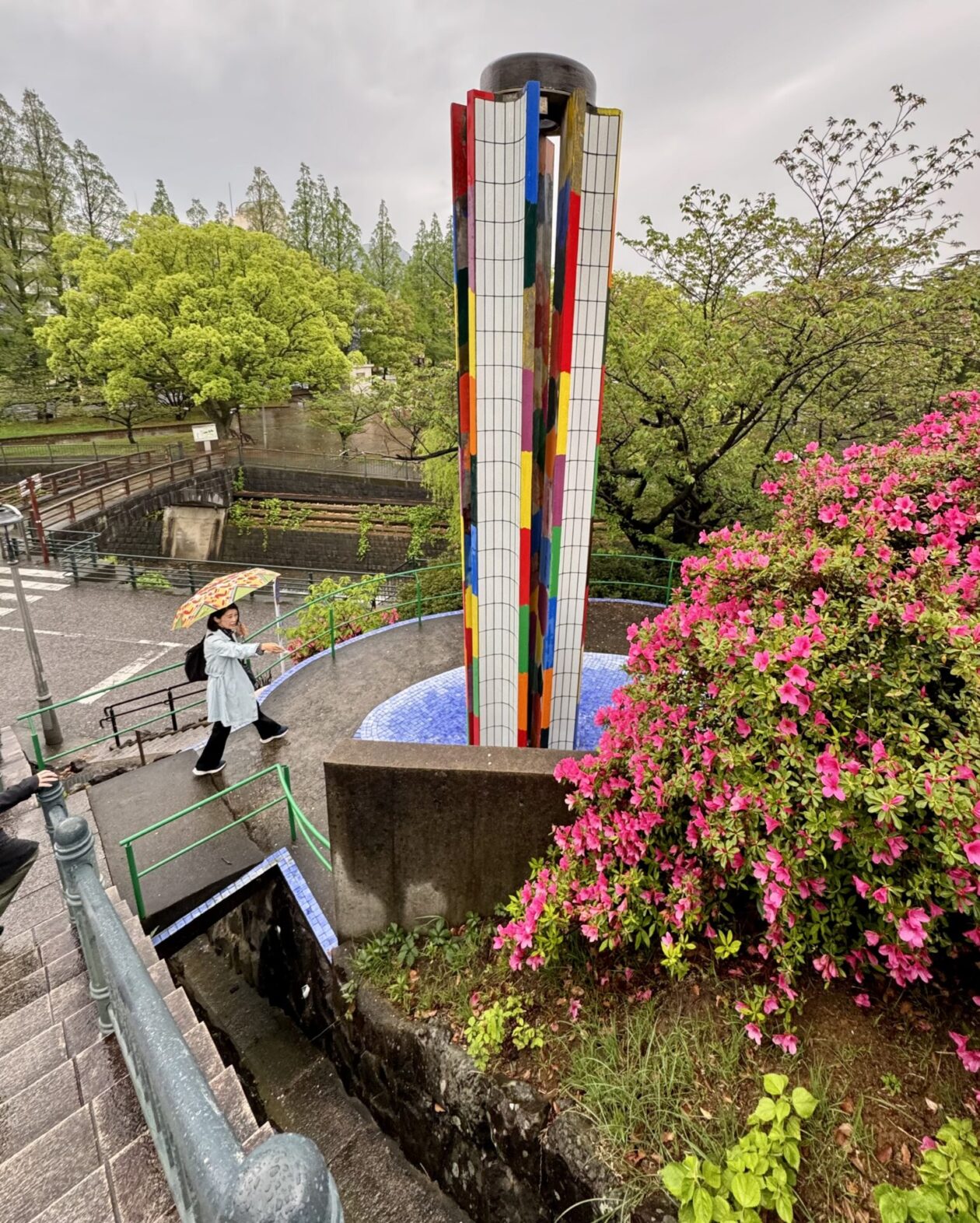
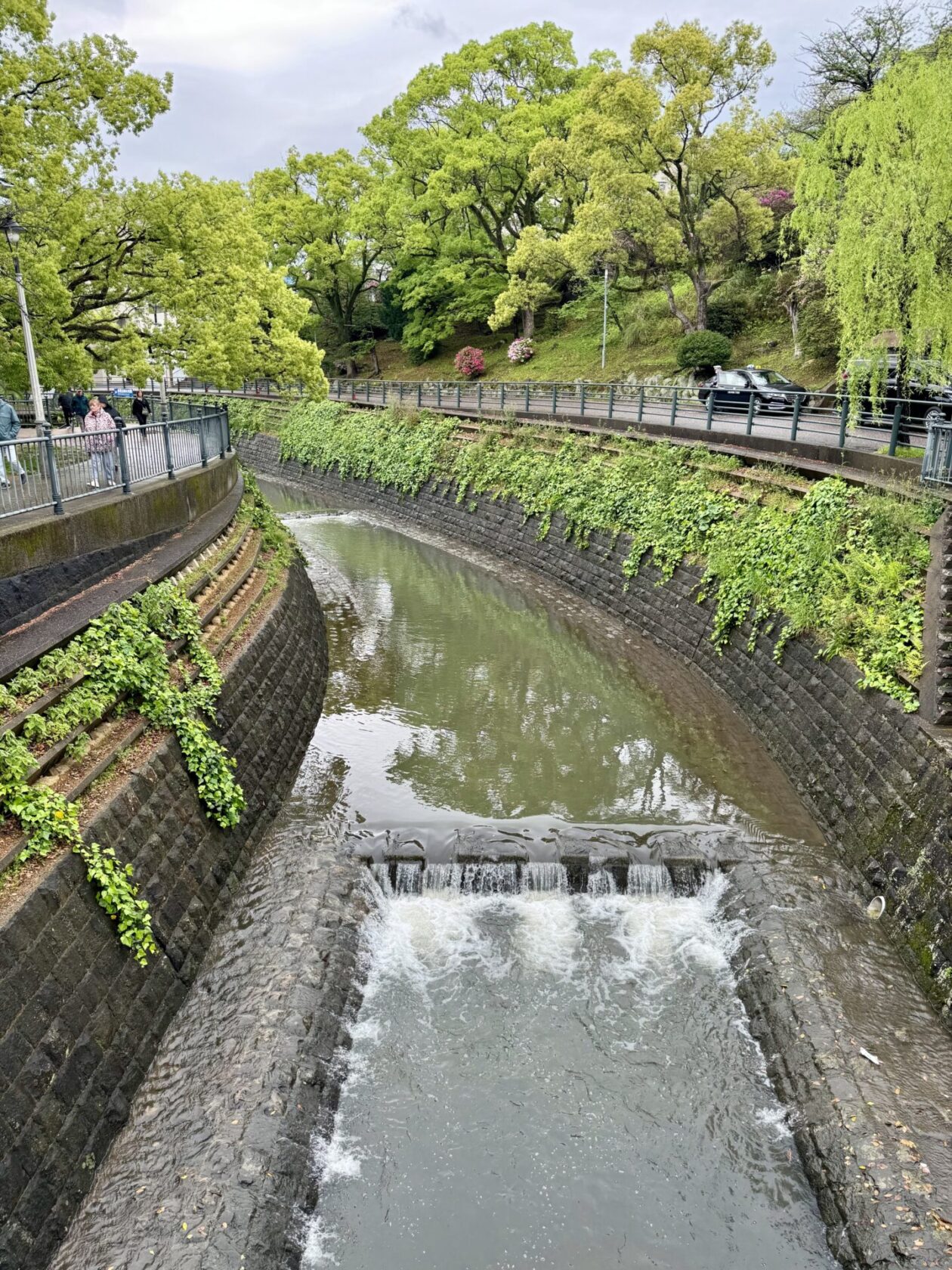
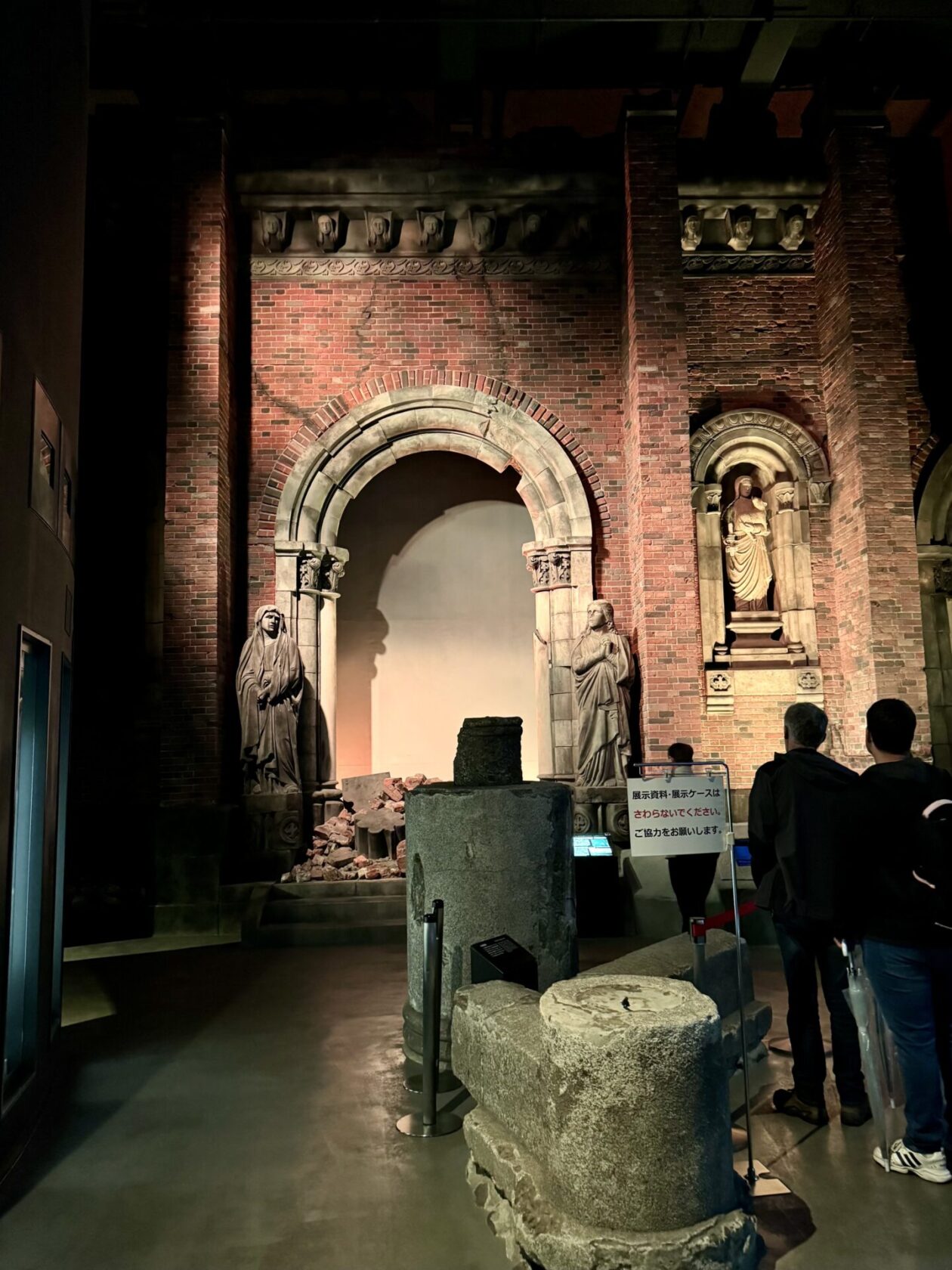
From there, we went to Peace Park which commemorates the atomic bombing of the city and the international effort to promote de-escalation of nuclear weapons and a pursuit of peace. the hub of the park with a 10-ton Nagasaki Peace Statue that was designed in 1955. Also there are a dove-shaped Fountain of Peace, and the Peace Symbol Zone, a sculpture garden with contributions from around the world, all focusing on peace.
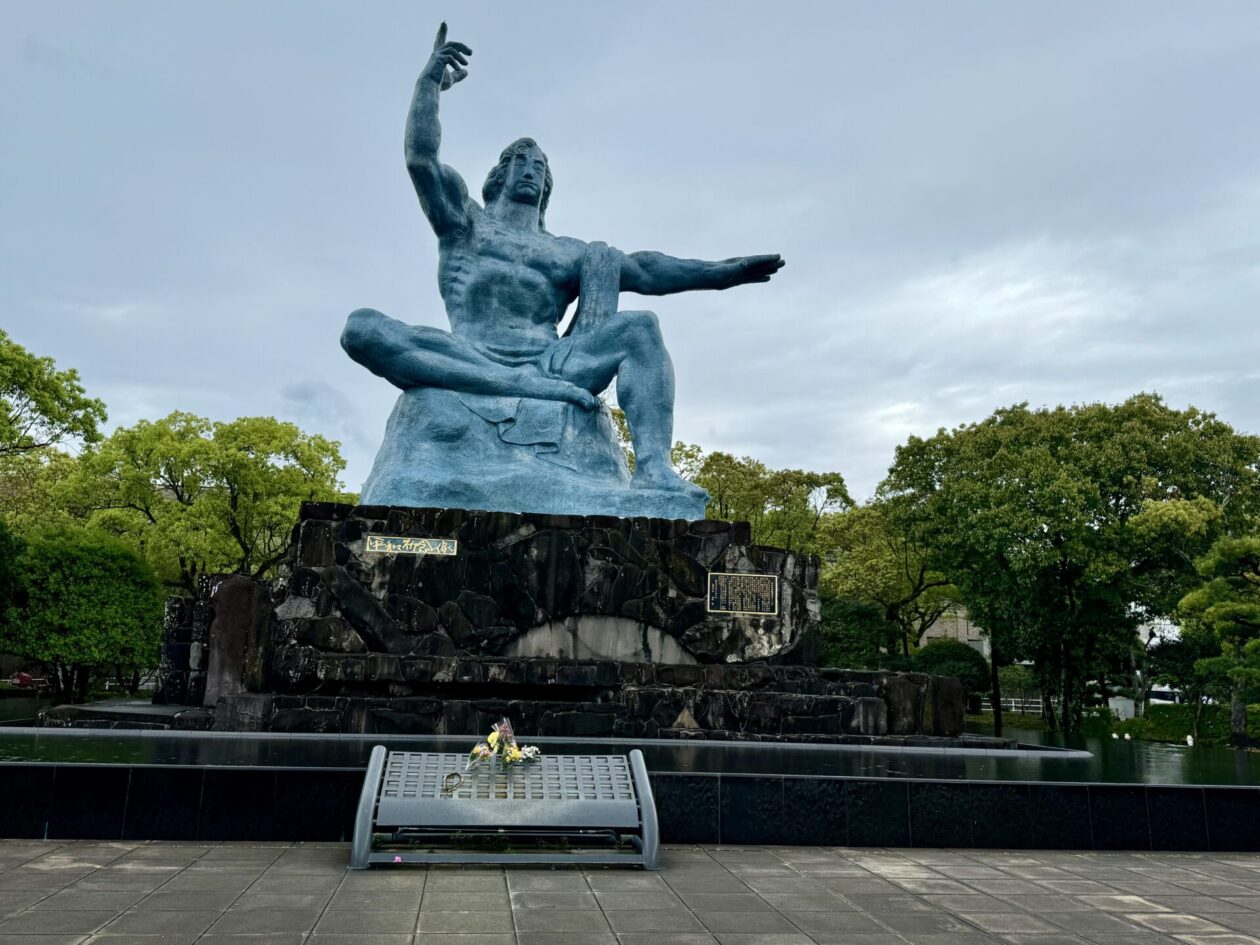
After the visit to Ground Zero, we went way up into the hills to enjoy a traditional Japanese lunch. It had been pouring, so the lunch was a welcome respite and an opportunity to get some amazing views of the city and harbor below. Following lunch, we shifted our attention to the trade-related history of Nagasaki and the impacts of trade and manufacture on the economy and culture of Japan. The first stop was at the former island of Dejima, initially build to confine the Portuguese and the spread of Christianity but, after the Portuguese were expelled, it became a Dutch Trading Post and a hub for introducing Western science, as well as the goods and information conducive to the modernization of Japan. It’s weird to see what was once an island completely surrounded by high rises that were put up after the reclamation of surrounding waterways into land. The buildings have been lovingly restored and it is interesting to see what life was like there in the late 1800s.
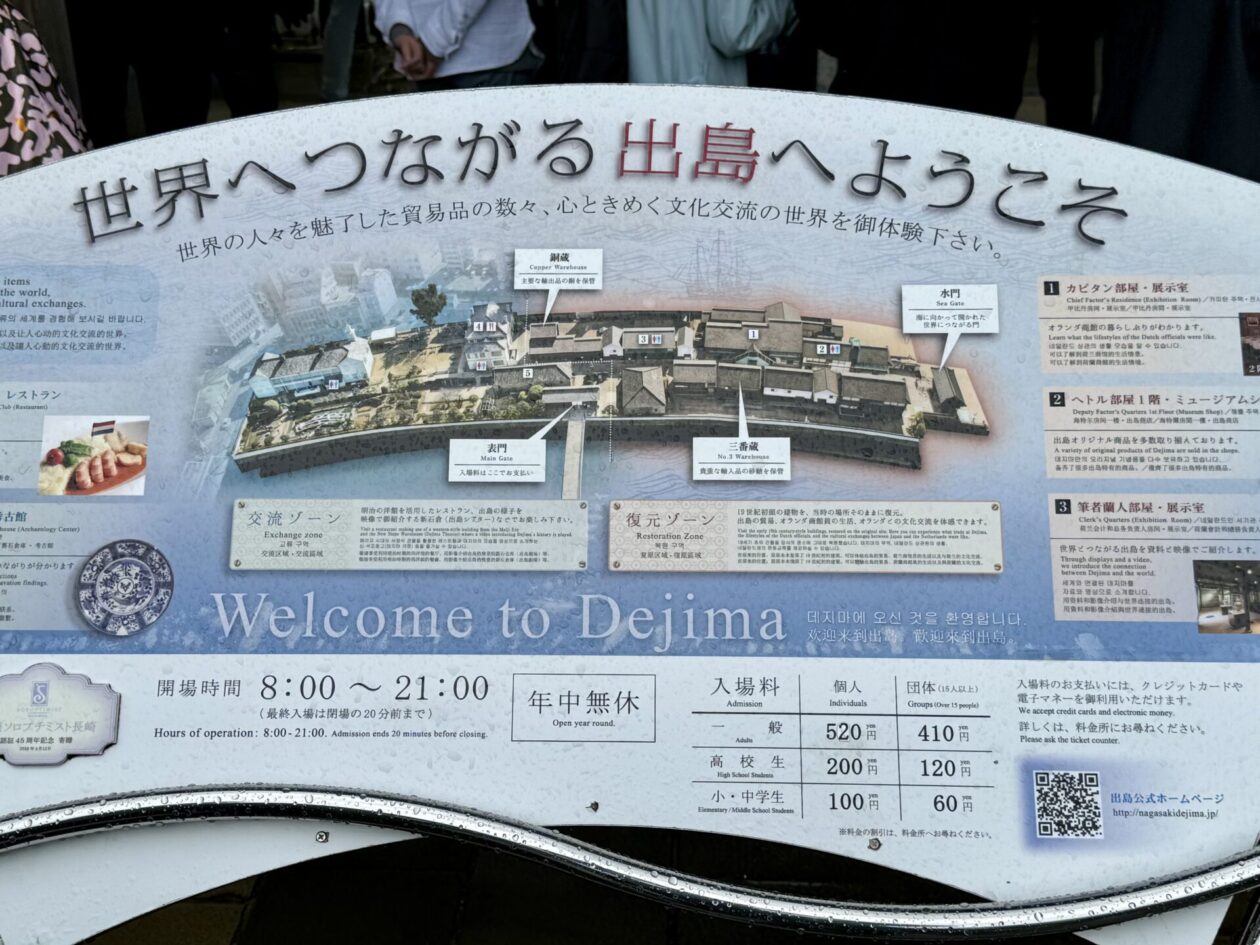
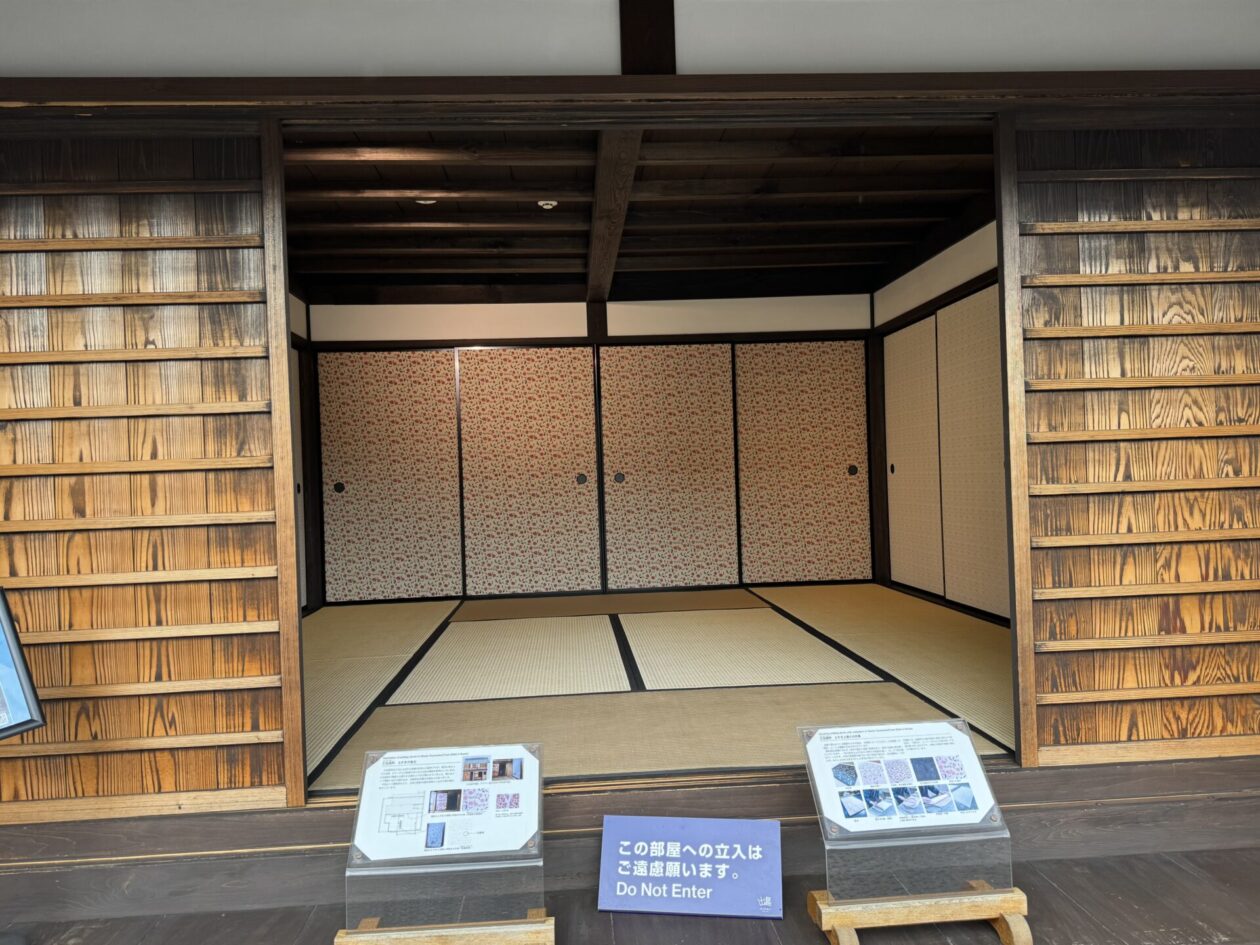
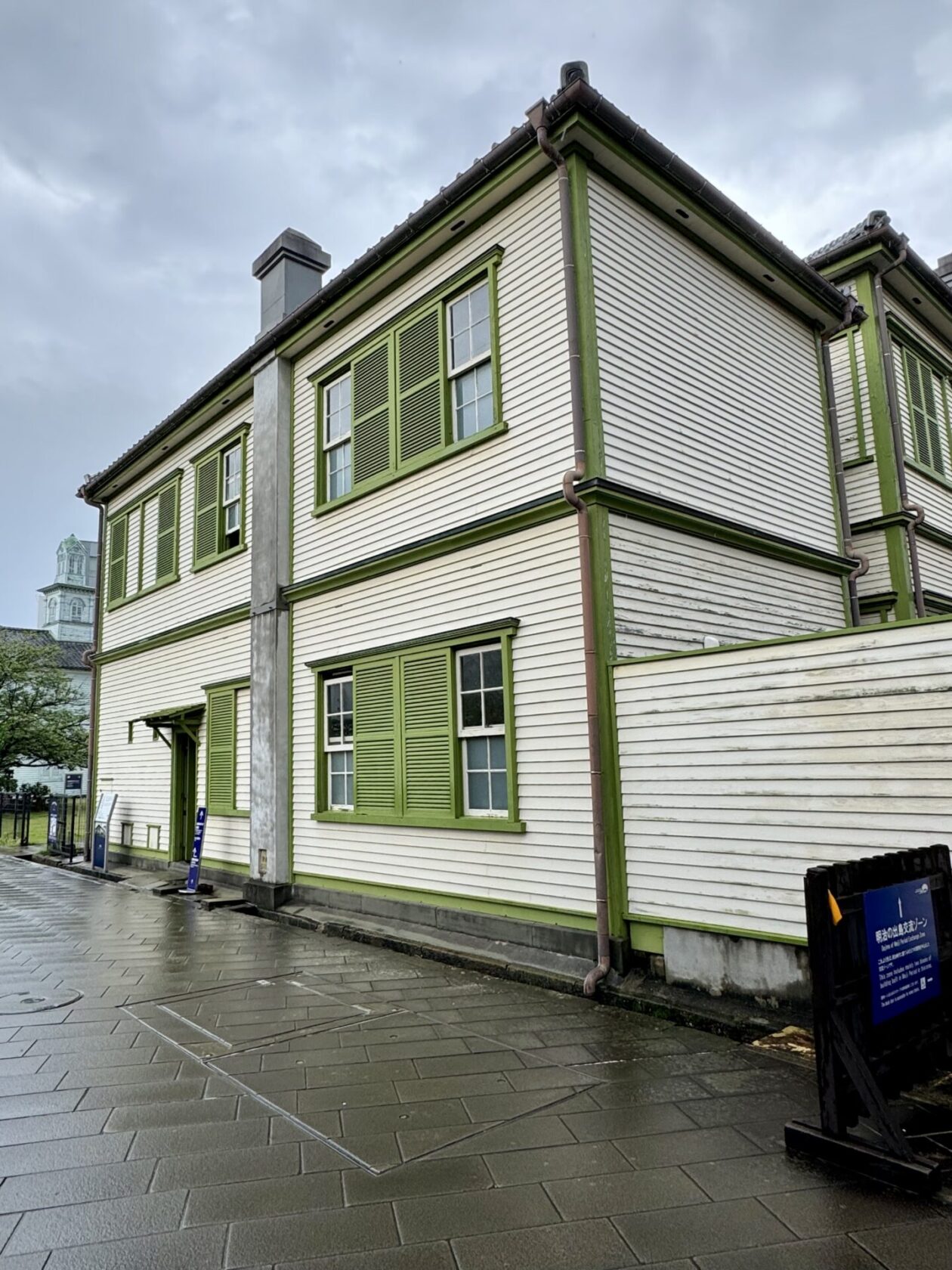
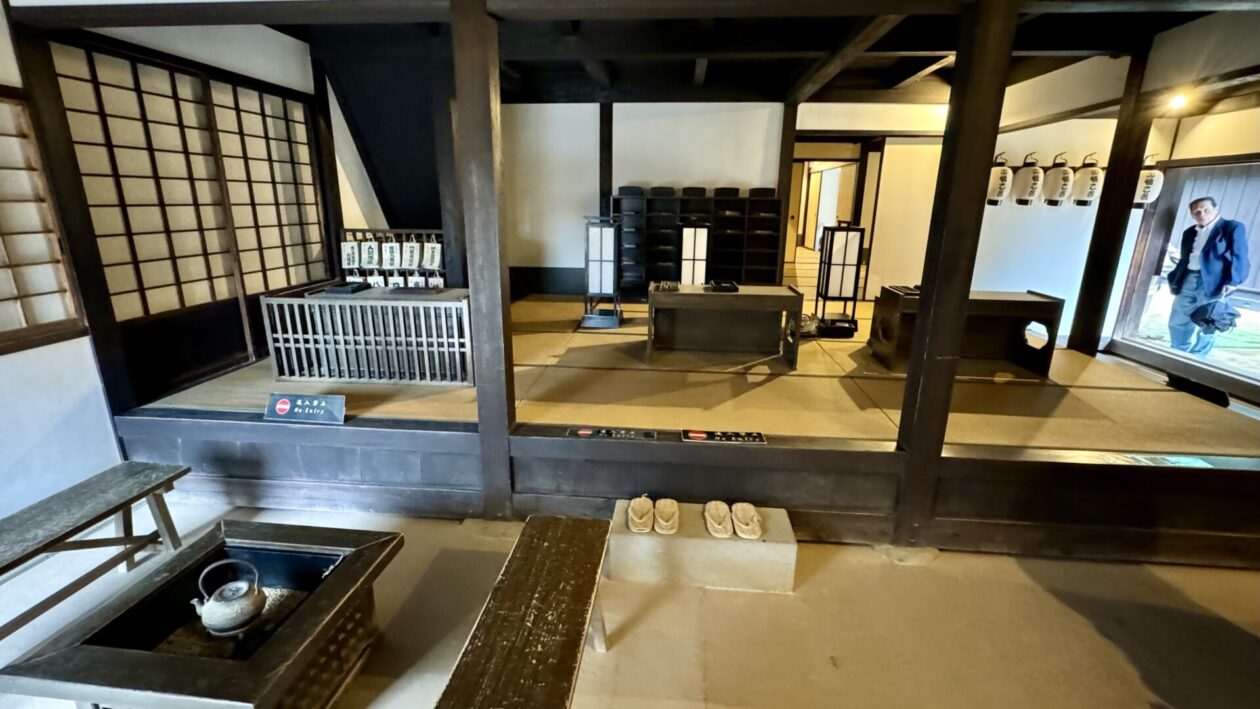
Another outcome of the rapid industrialization and global trade going on in Nagasaki in the 1800s was the rise of an entrepreneurism. Scotsman Thomas Blake Glover came to Nagasaki in 1859 to manage a newly established office for a British trading house. Soon after, he started his first business, exporting tea. At the time, though, there were rising tensions between the Shogunate and rebellious clans in southern Japan. Seeing an opportunity, Glover made his fortune selling ships and arms to the rival factions. In his later years, he got involved in coal mining, shipbuilding, and shipyards. In all these cases, he brought Western technology to bear which, for a Japan that had been isolated for so many years, was a real boon. In many respects, he helped start and was a senior advisor to Mitsubishi for many years. He also took over a defunct brewery and helped turn it around — today it produces Kirin beer! Emperor Meiji, recognizing his contributions to Japan, awarded him the Order of the Rising Sun in 1908. During his years here, he married and had children here. The story of his marriage and the setting of his mansion in the hills overlooking Nagasaki became the inspiration for the opera Madame Butterfly. In fact, there is a statue of Puccini on the grounds of the massive gardens built by the city in his honor. Of course, we visited the gardens in the absolute pouring rain, but we thoroughly enjoyed our time there.
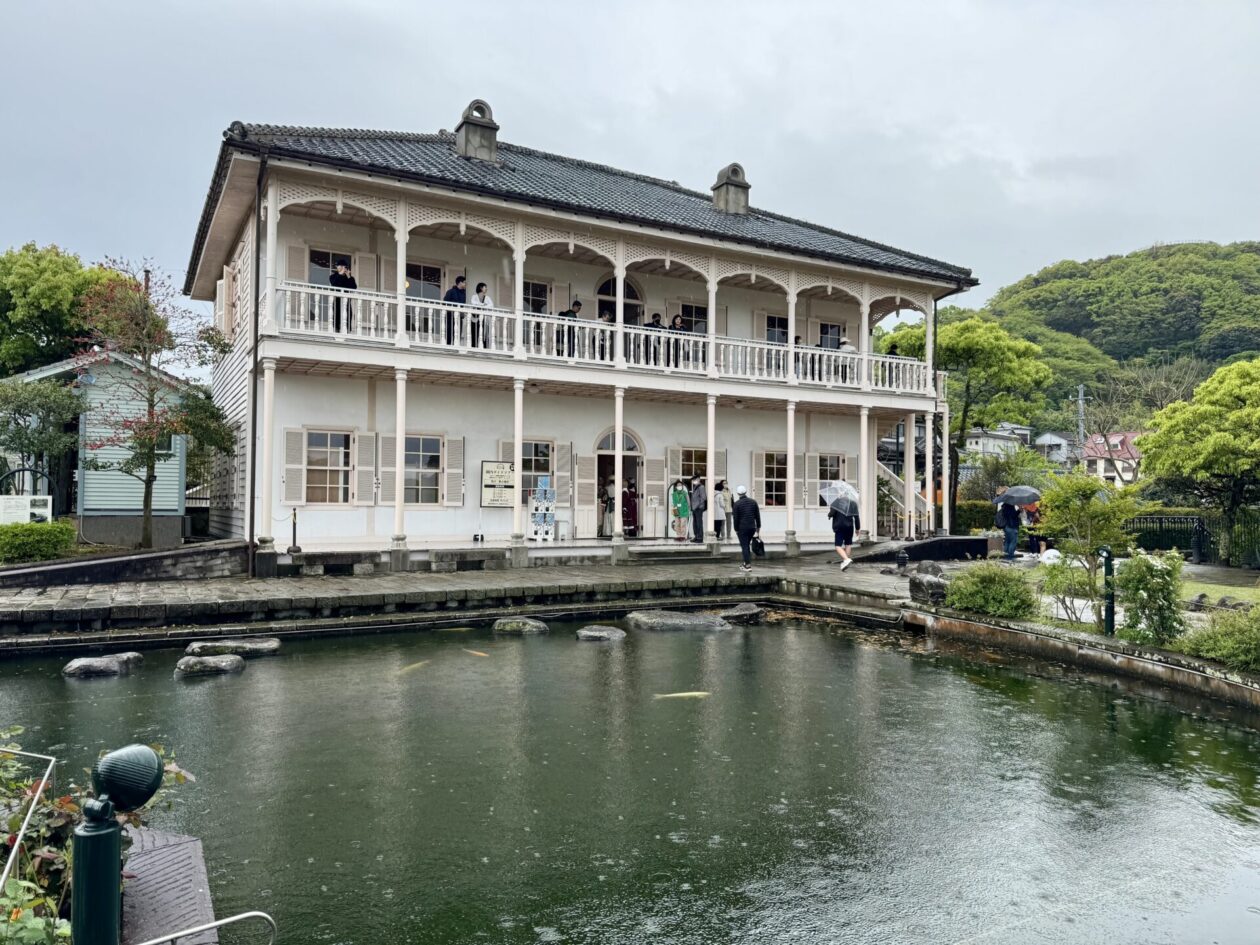
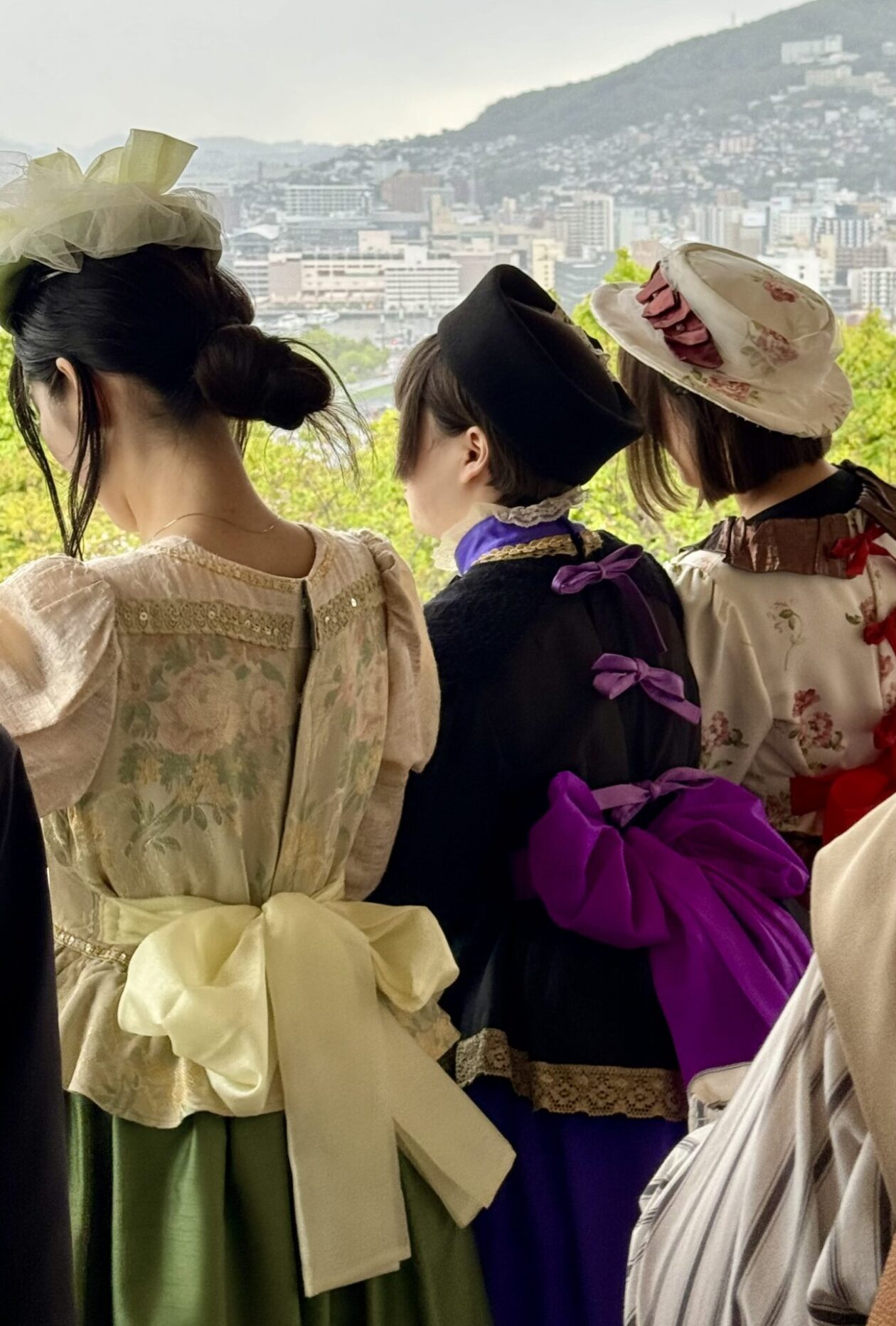
As we returned to the ship in the rain, we passed the Oura Church, built in 1864 by a French missionary. It’s considered the oldest standing Christian Church in Japan and is dedicated to the 26 Portuguese Christian missionaries and local converts that were executed in the city as the Edo period was ending. If you’ve never seen the movie “Silence” from 2026 that relates to this whole episode, let me tell you that the torture and execution methods used were extremely brutal. Today, the church is considered a Japanese treasure.
Next stop — Fukuoka, Japan and the mountain village of Arita.
This entry was posted in Cruising, Japan, Nagasaki, Travel